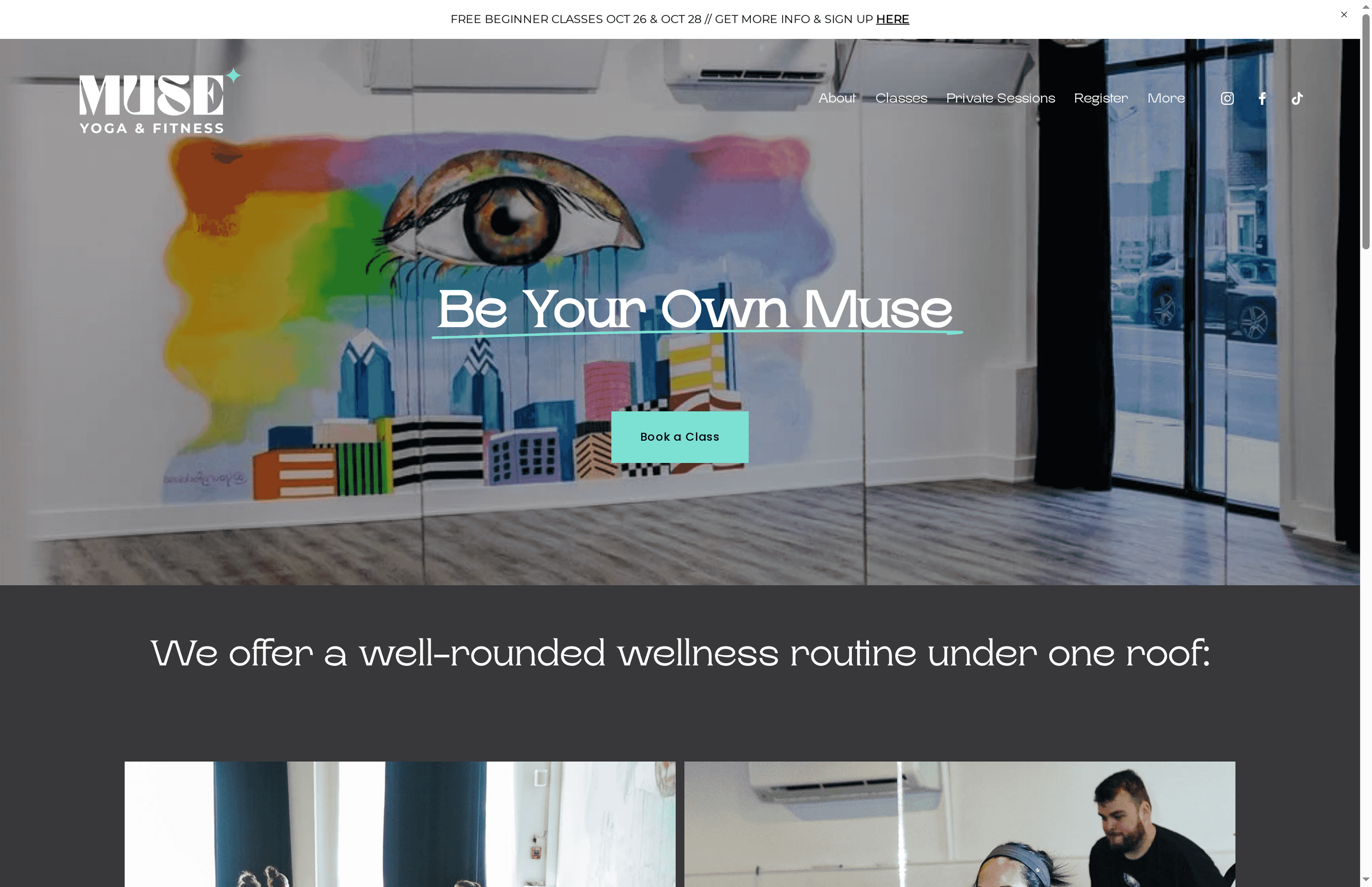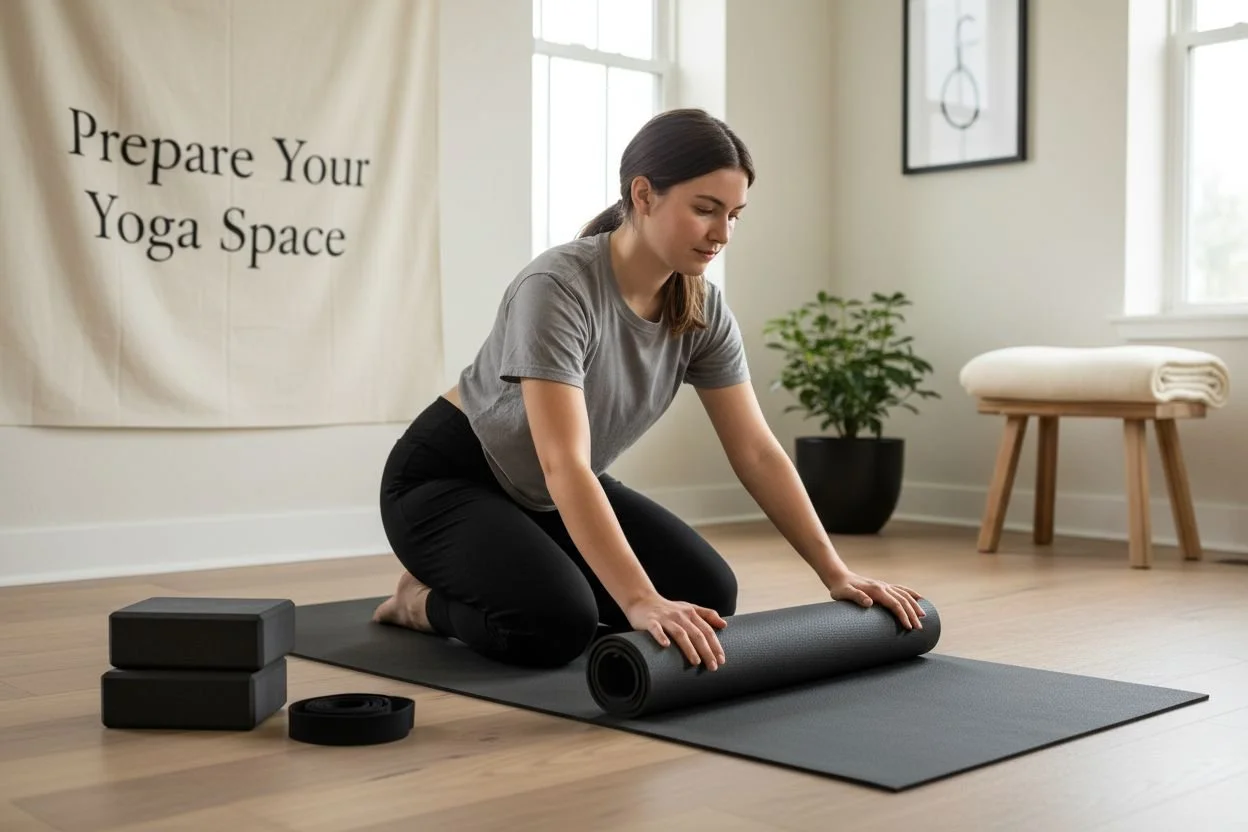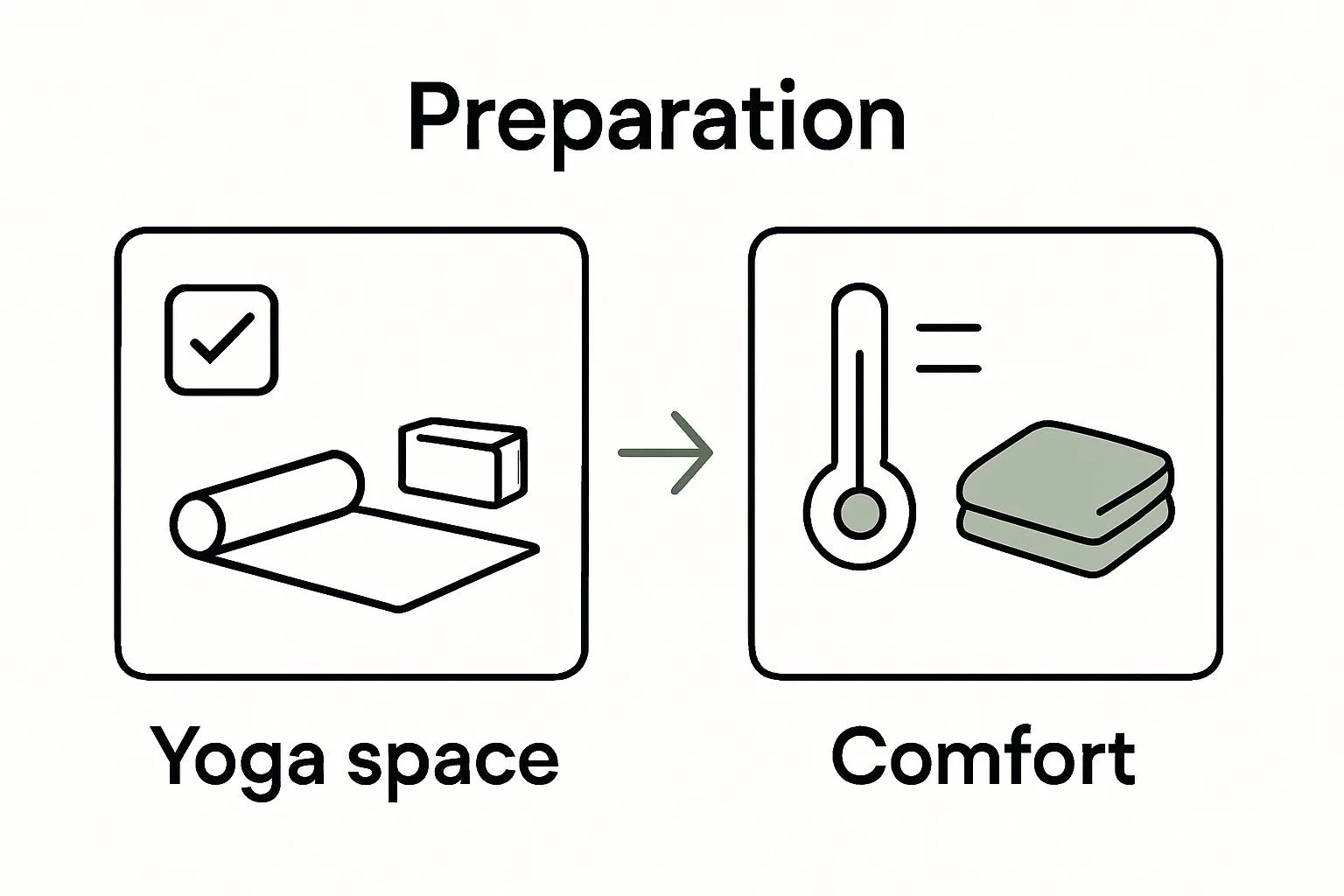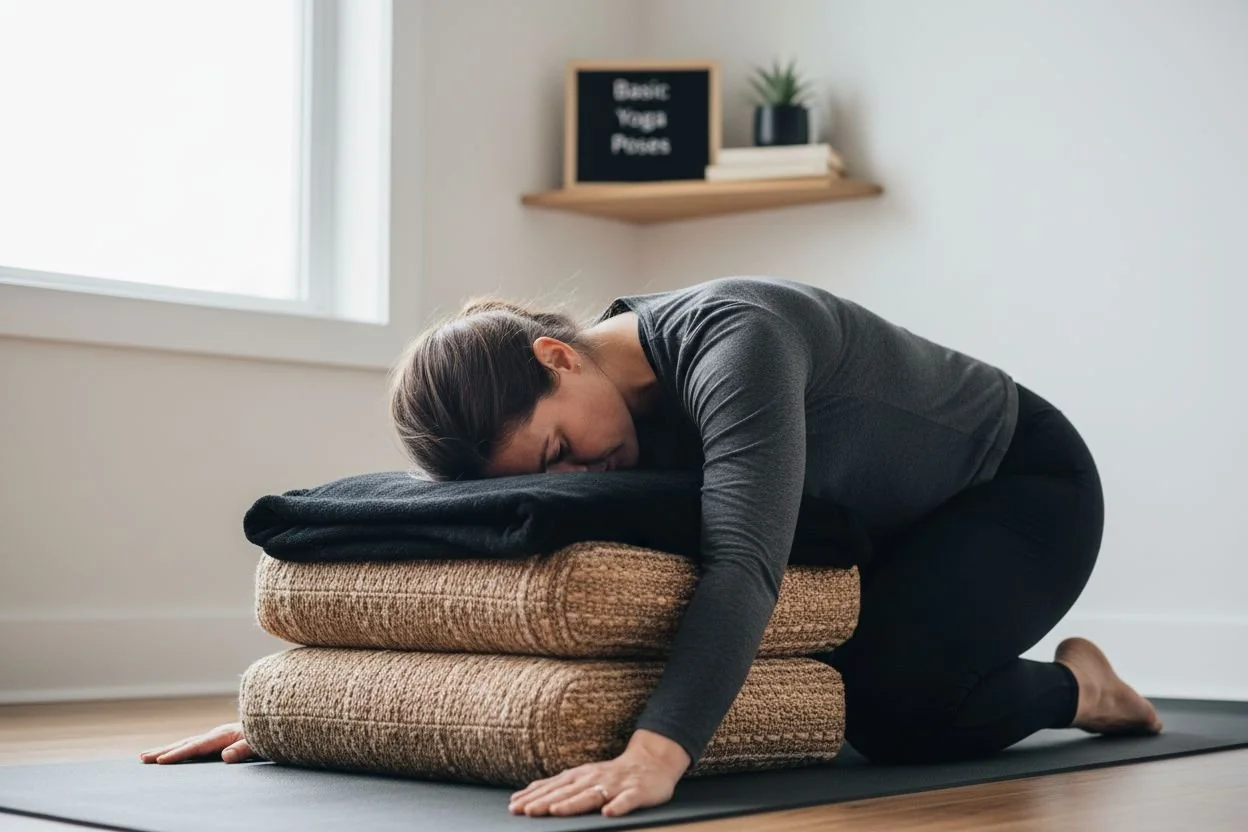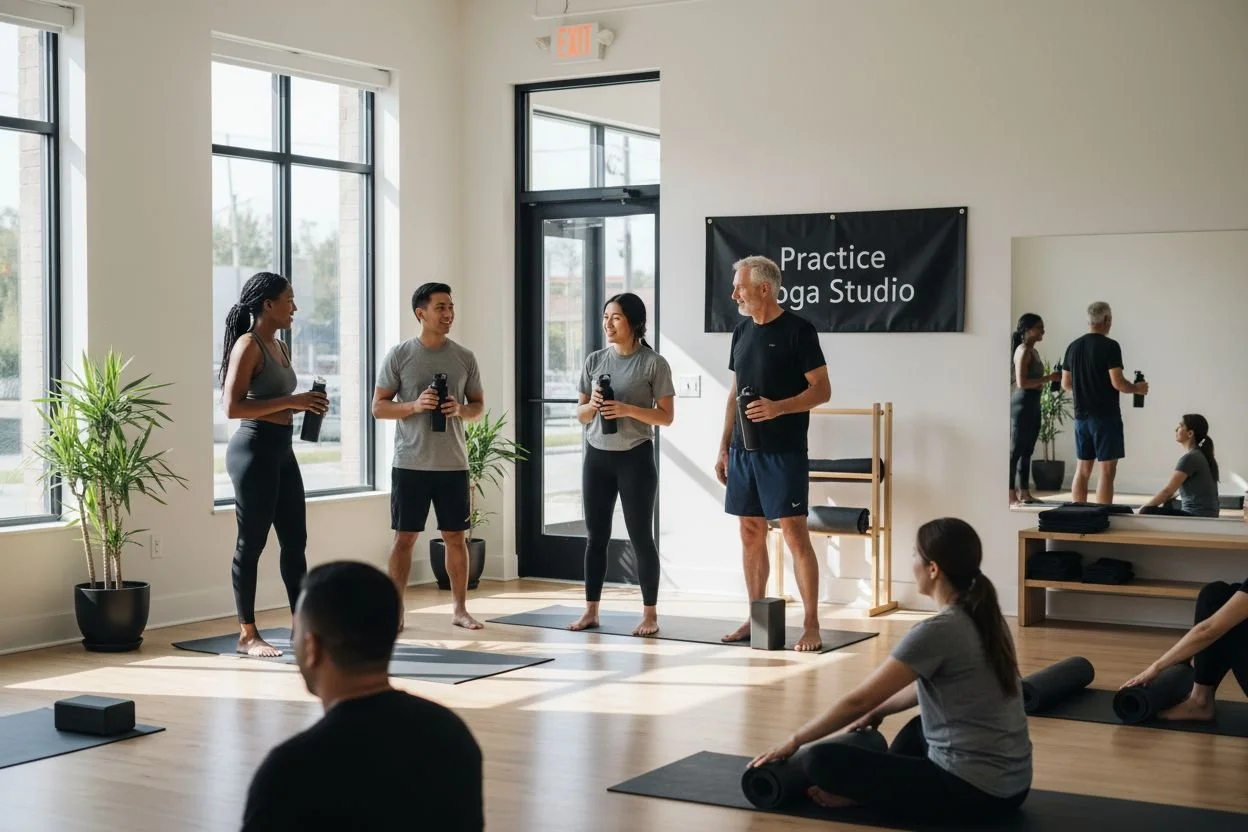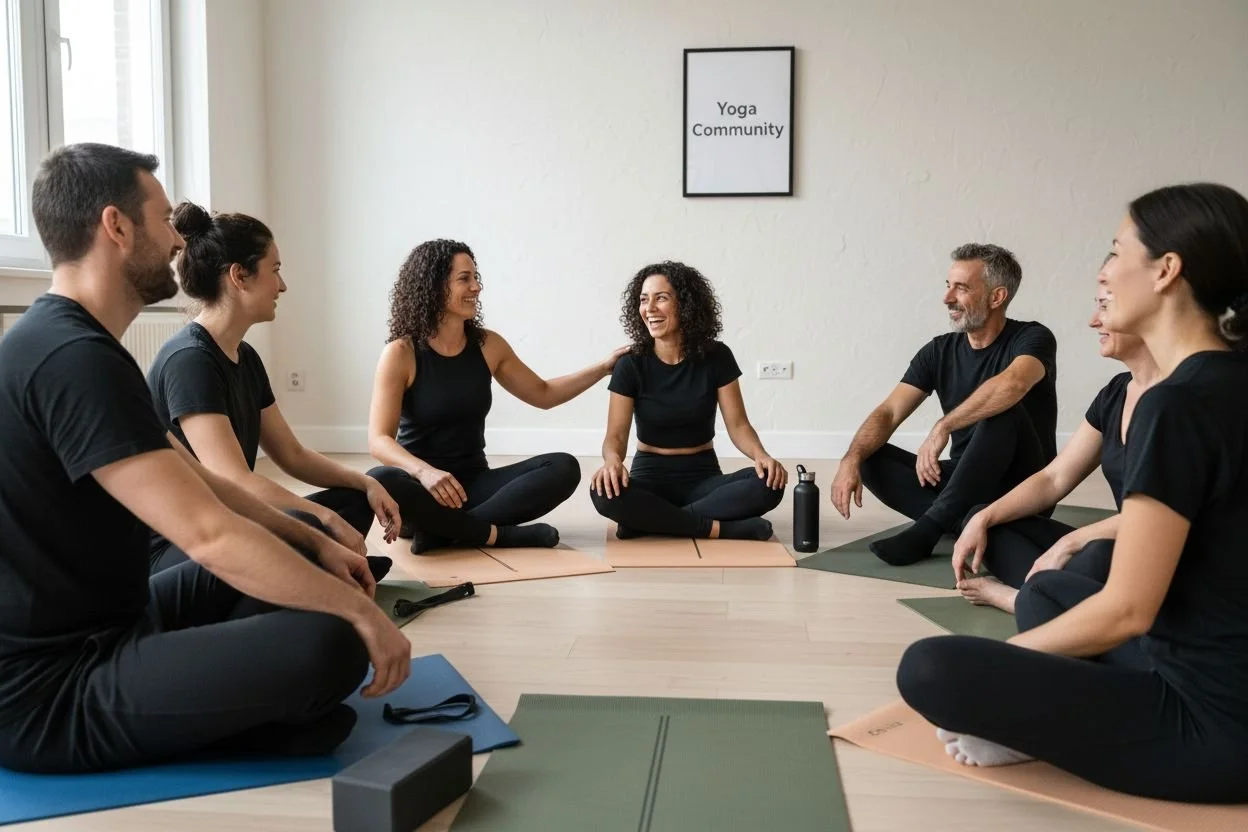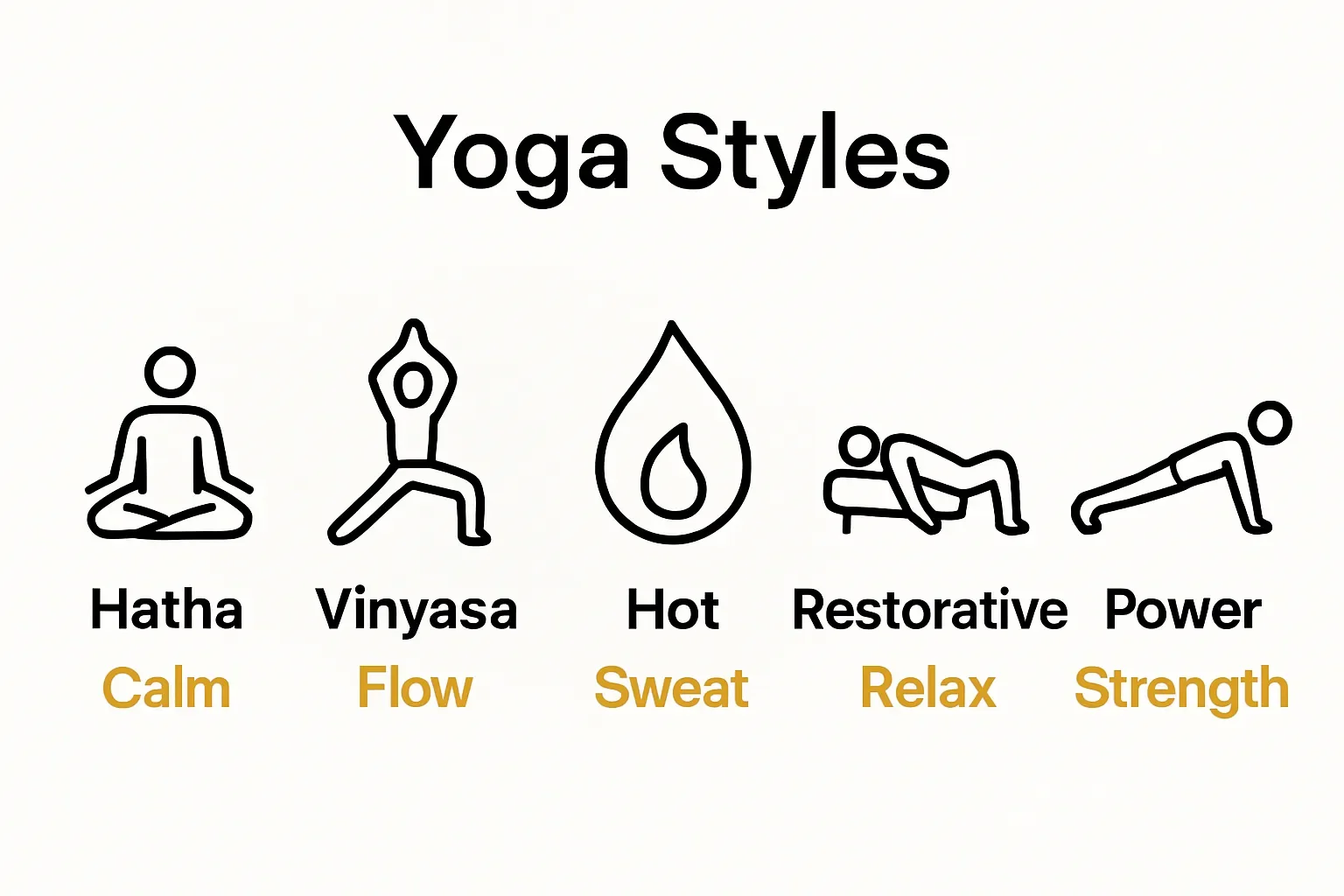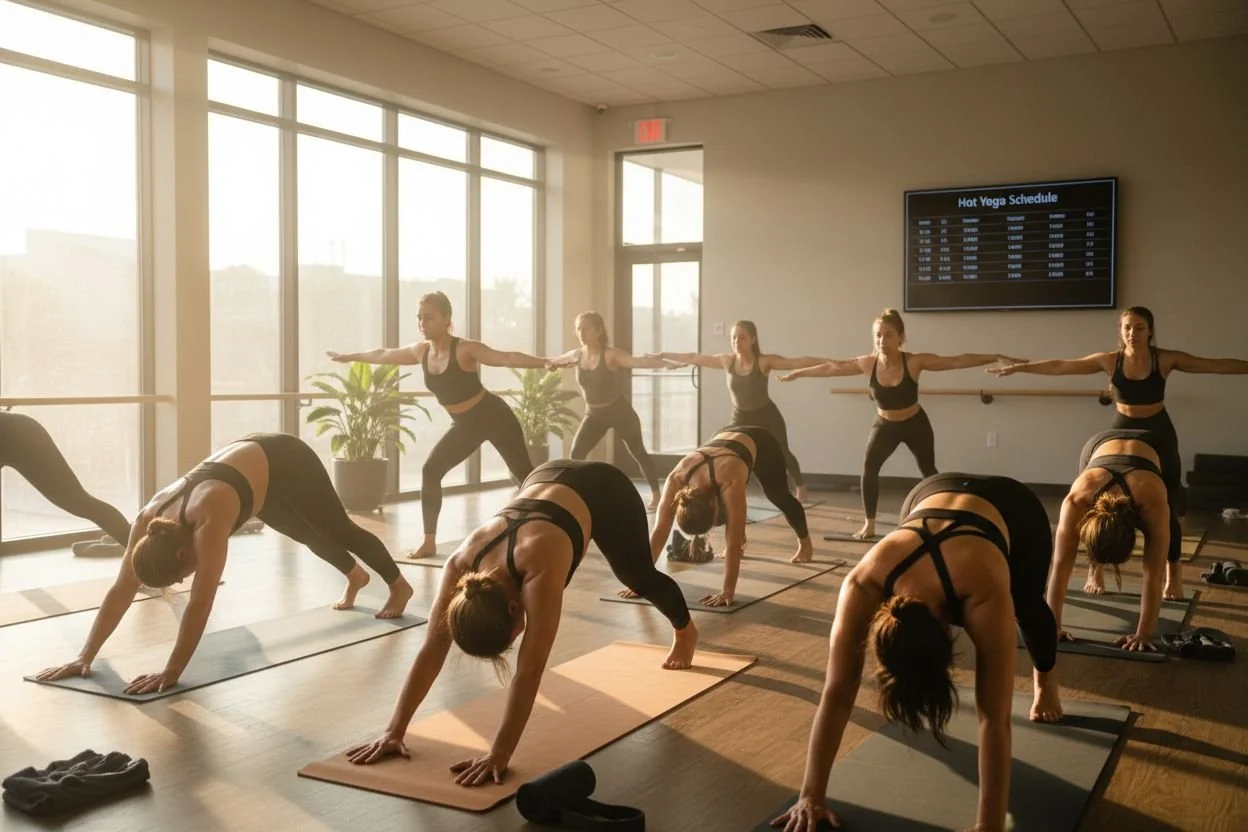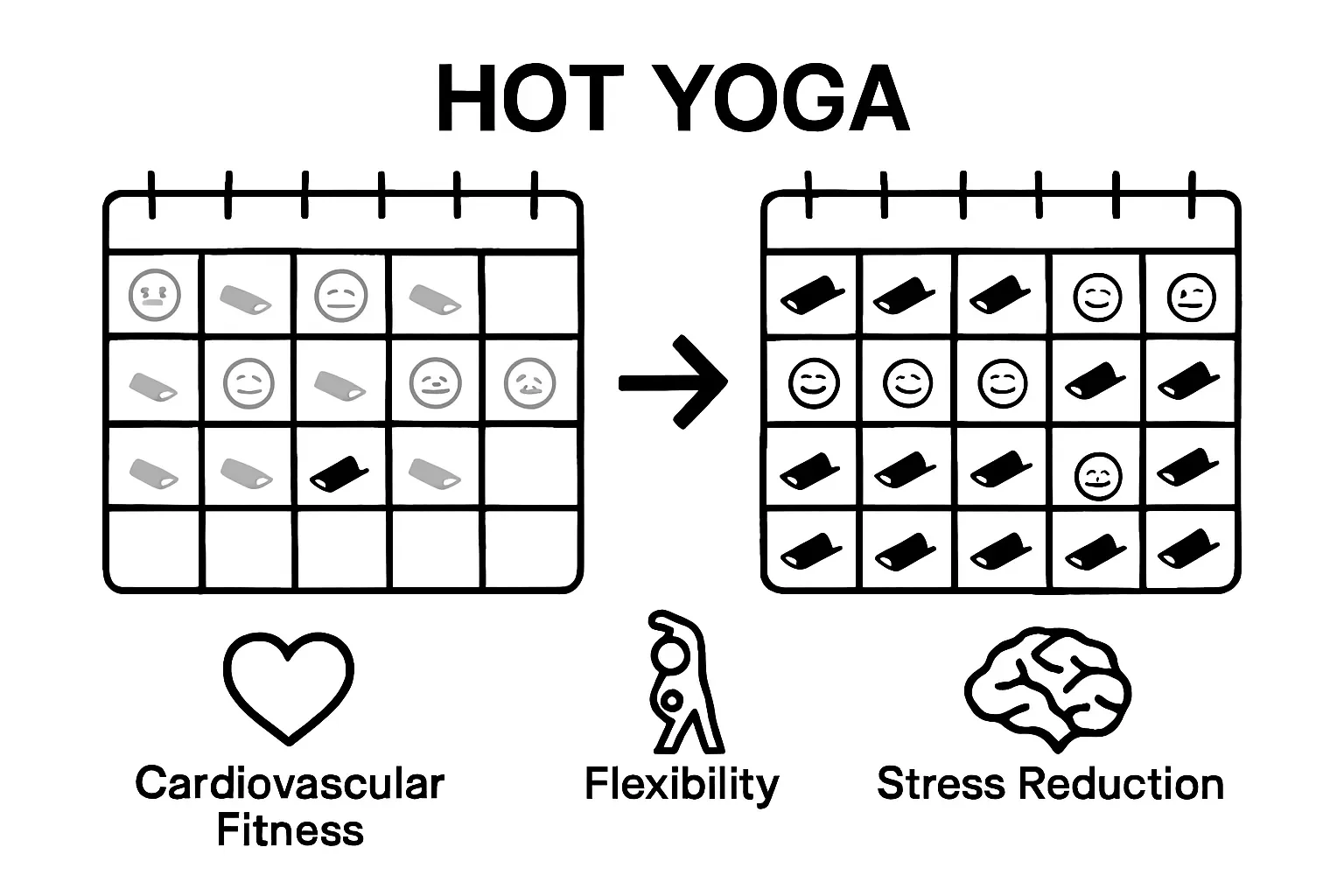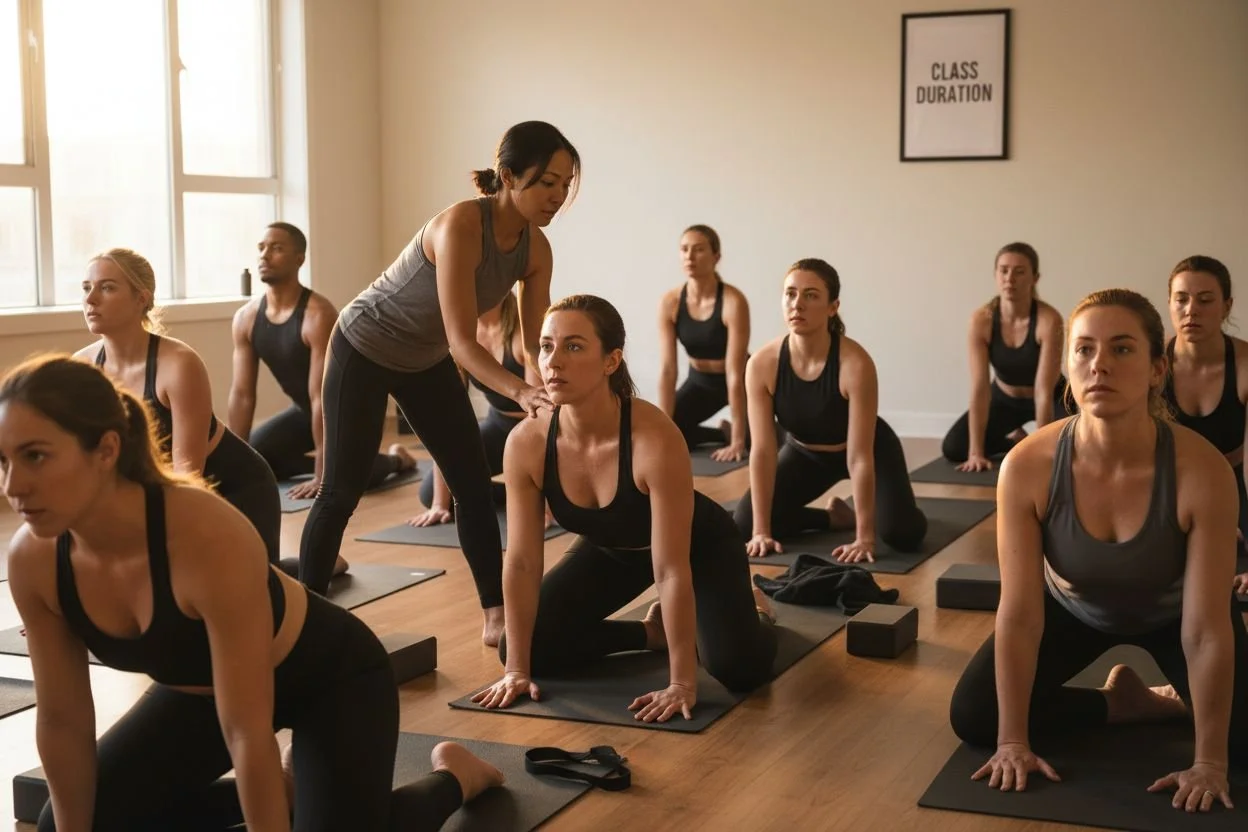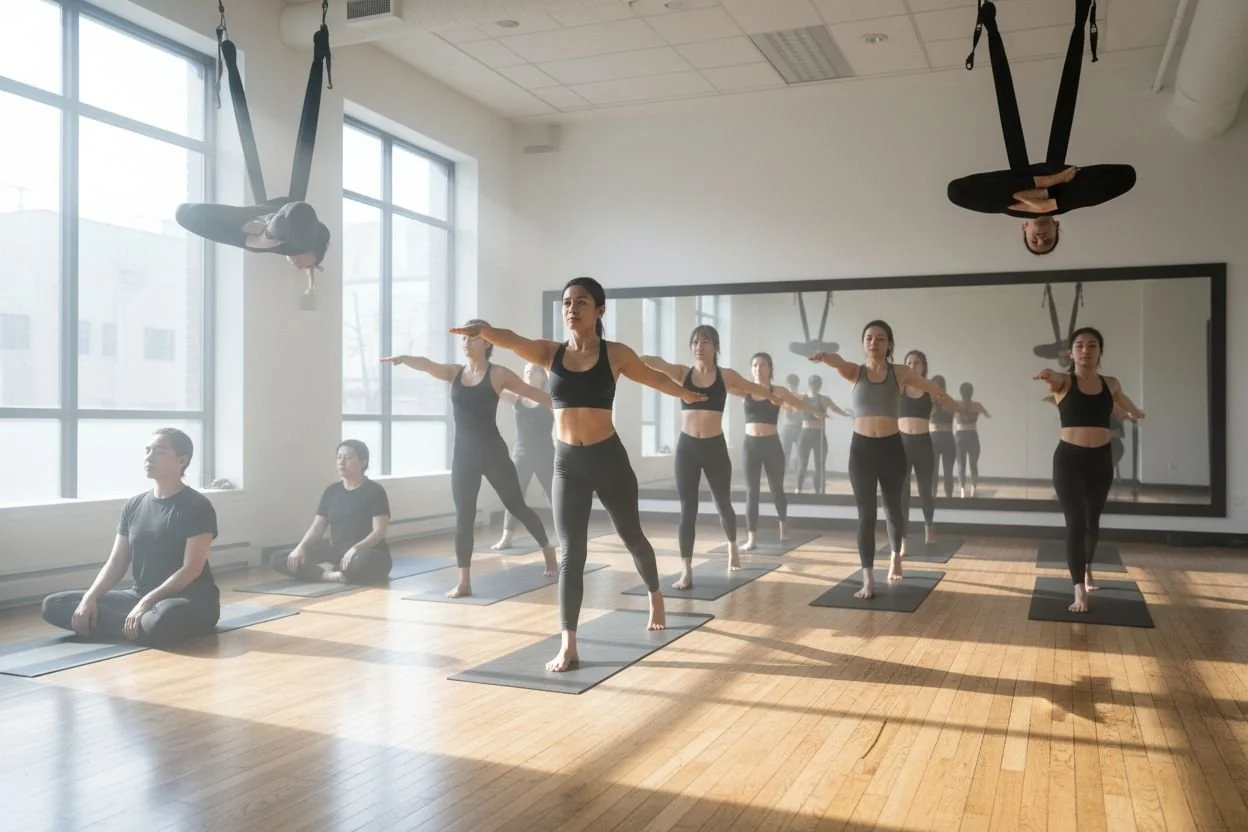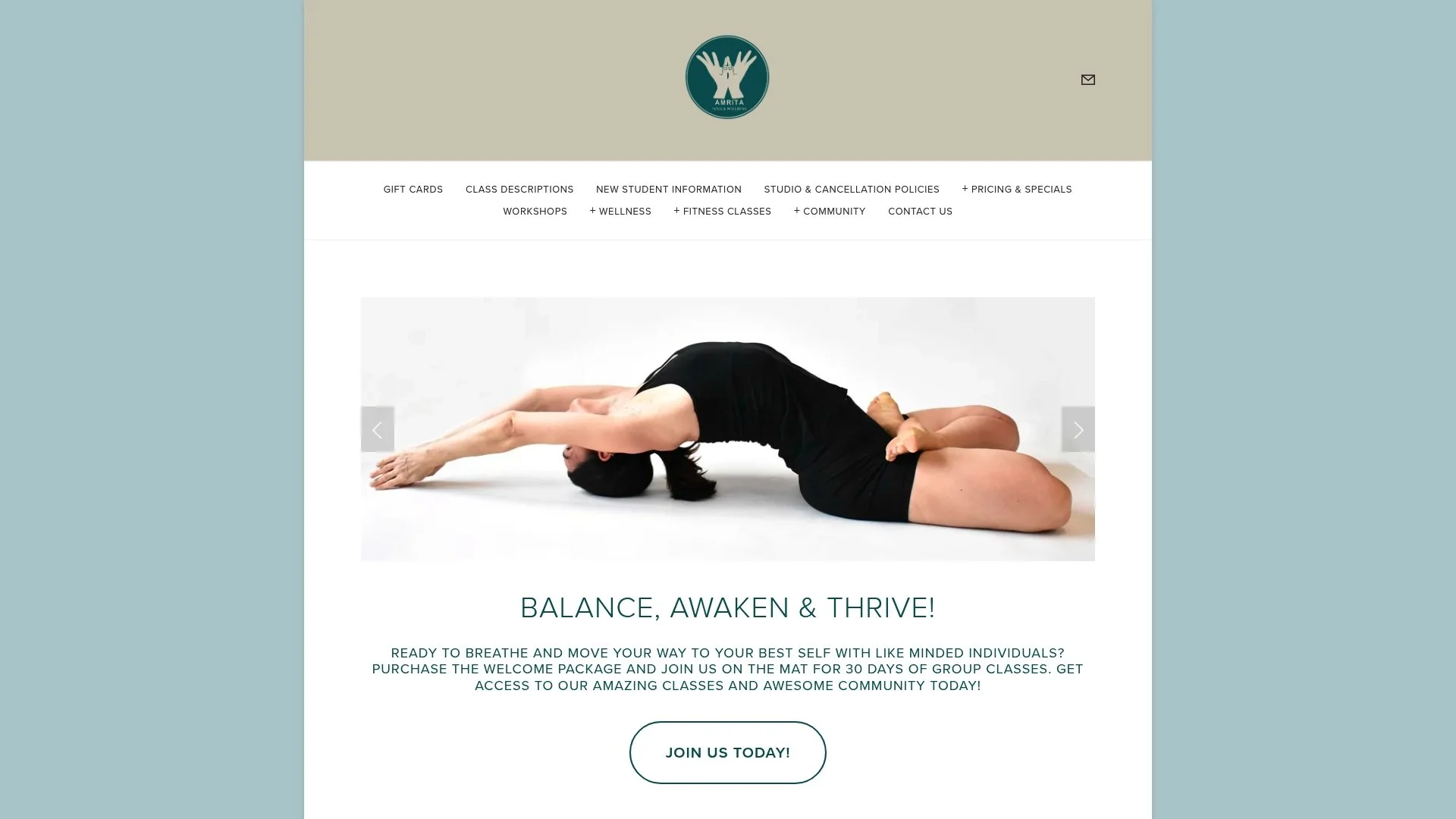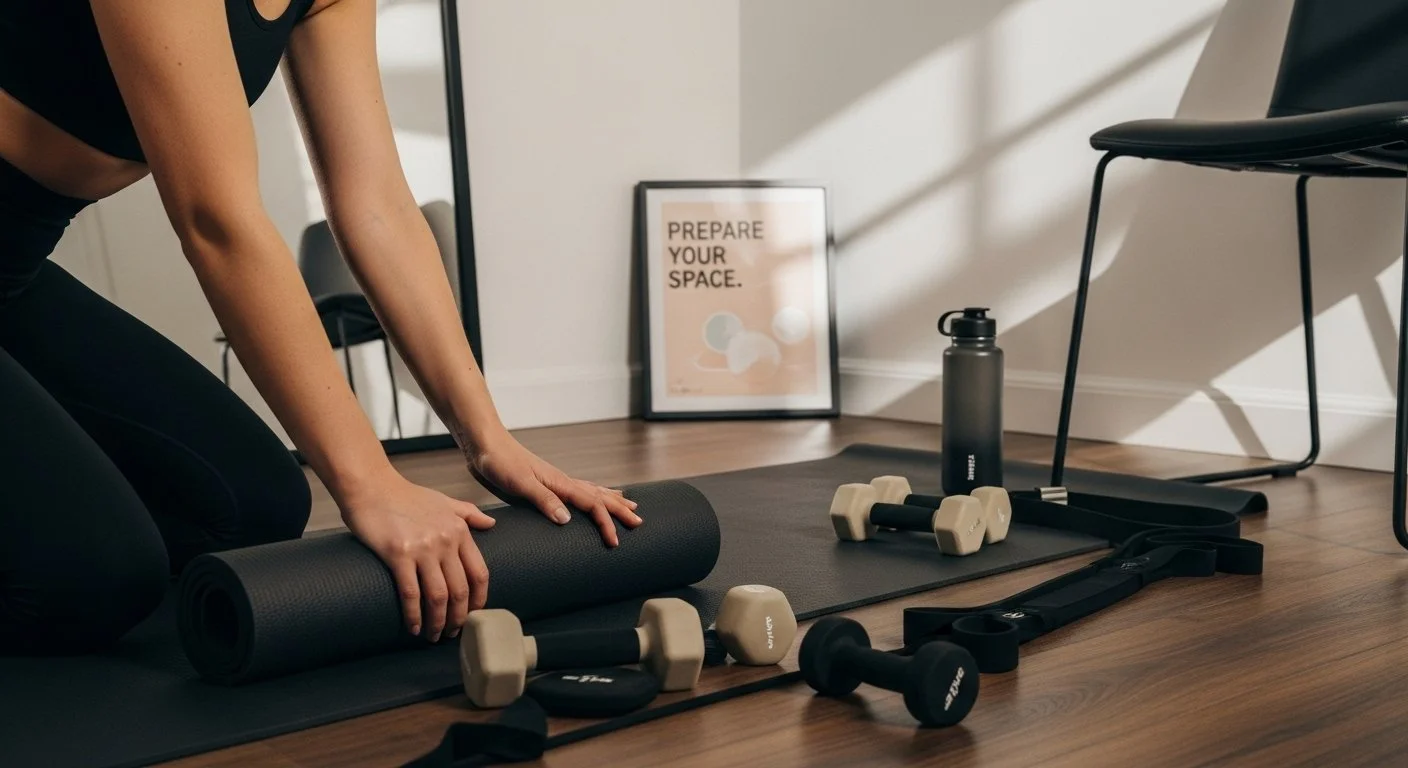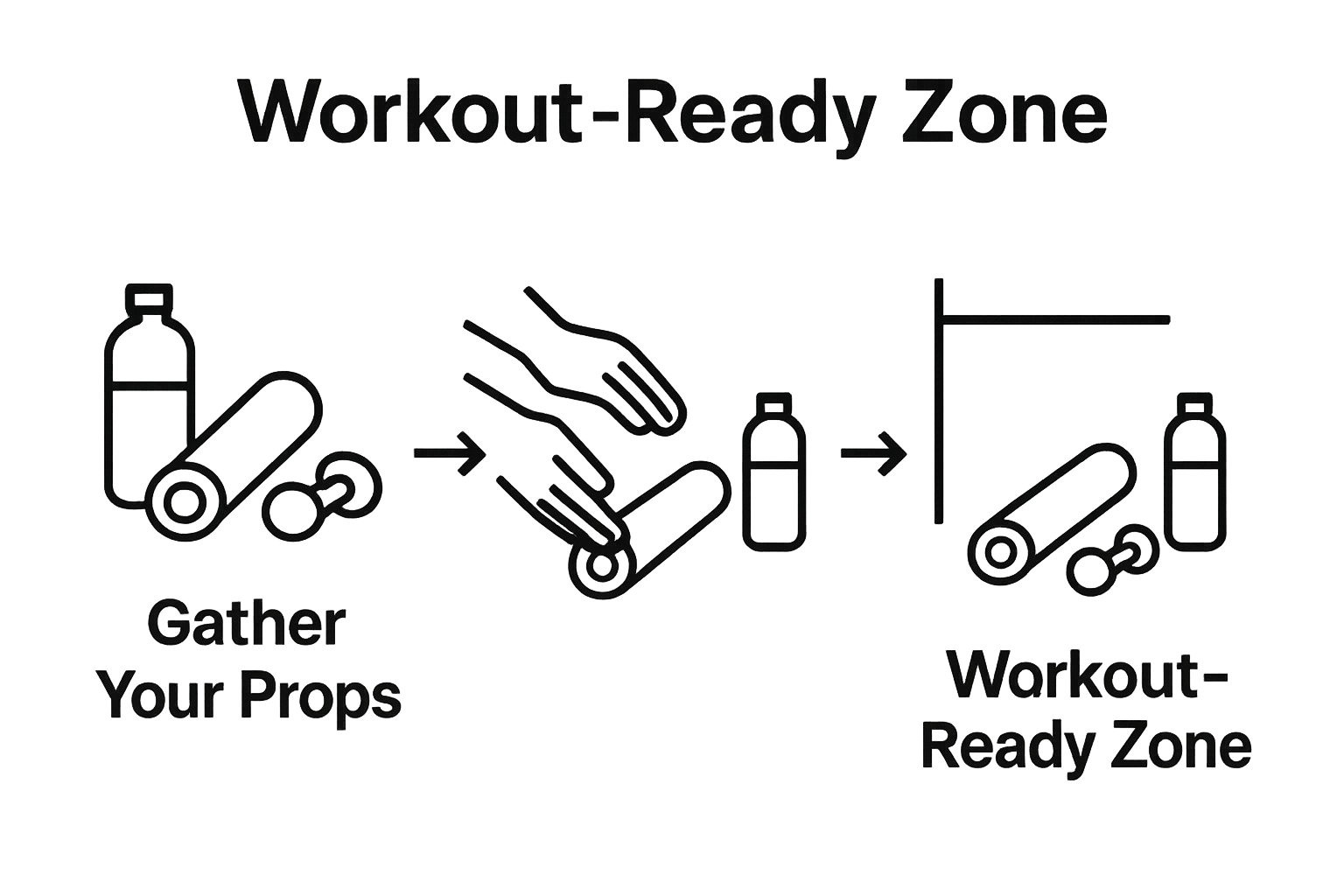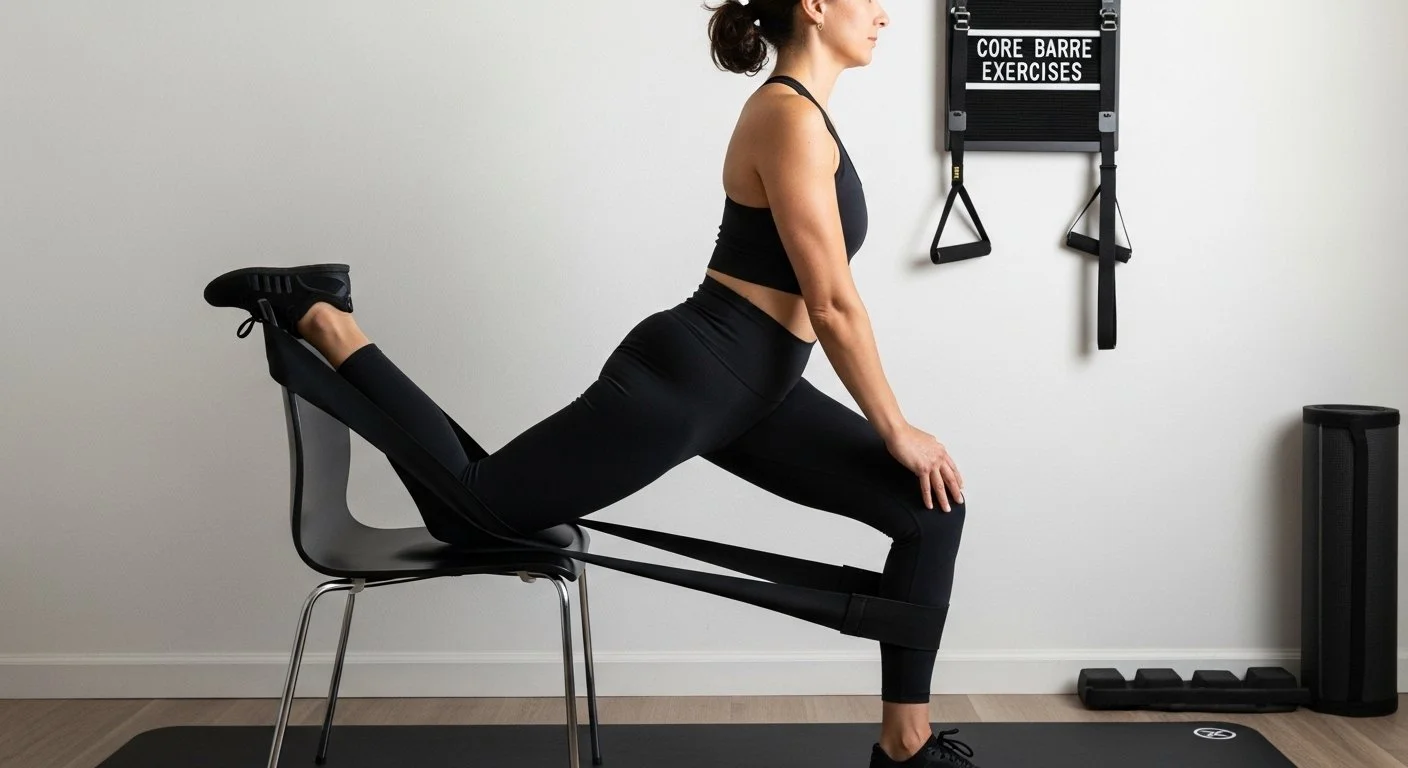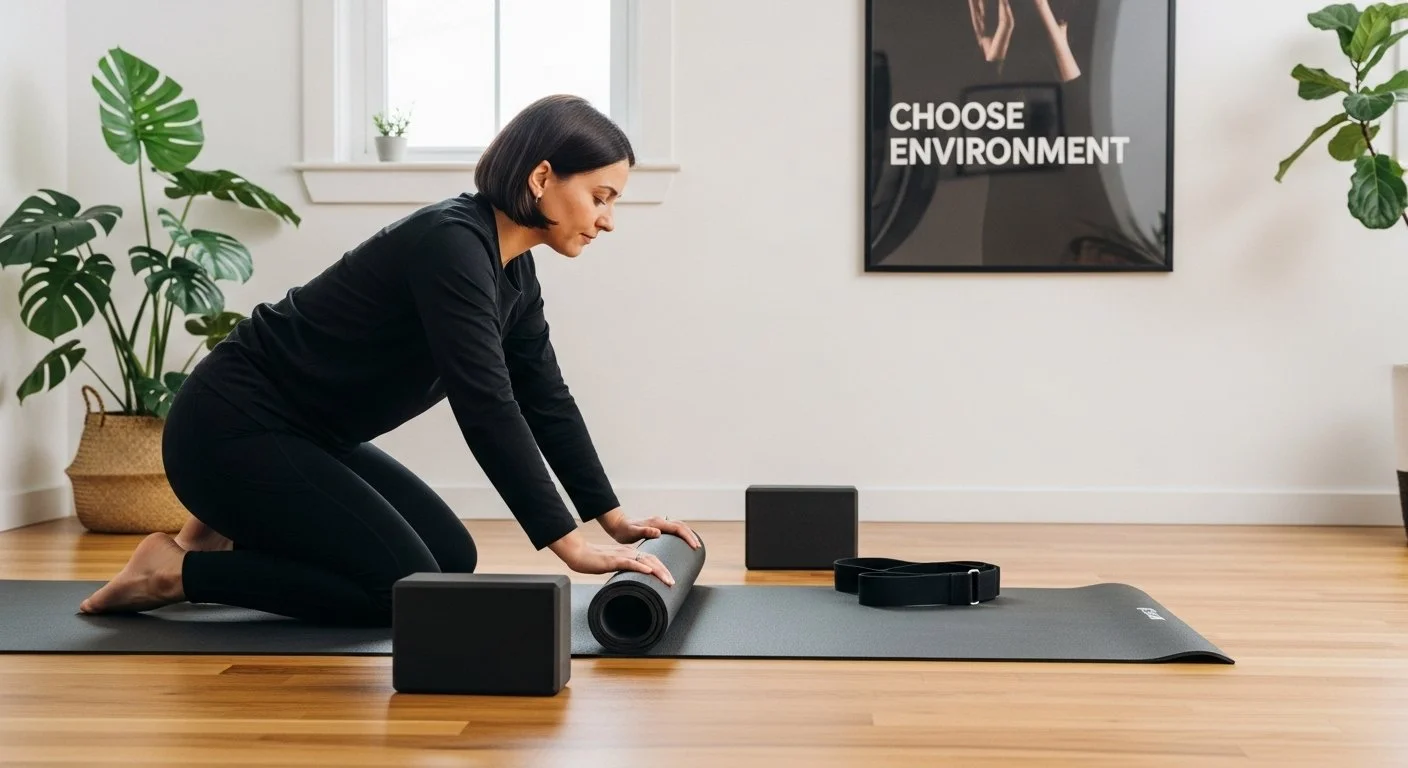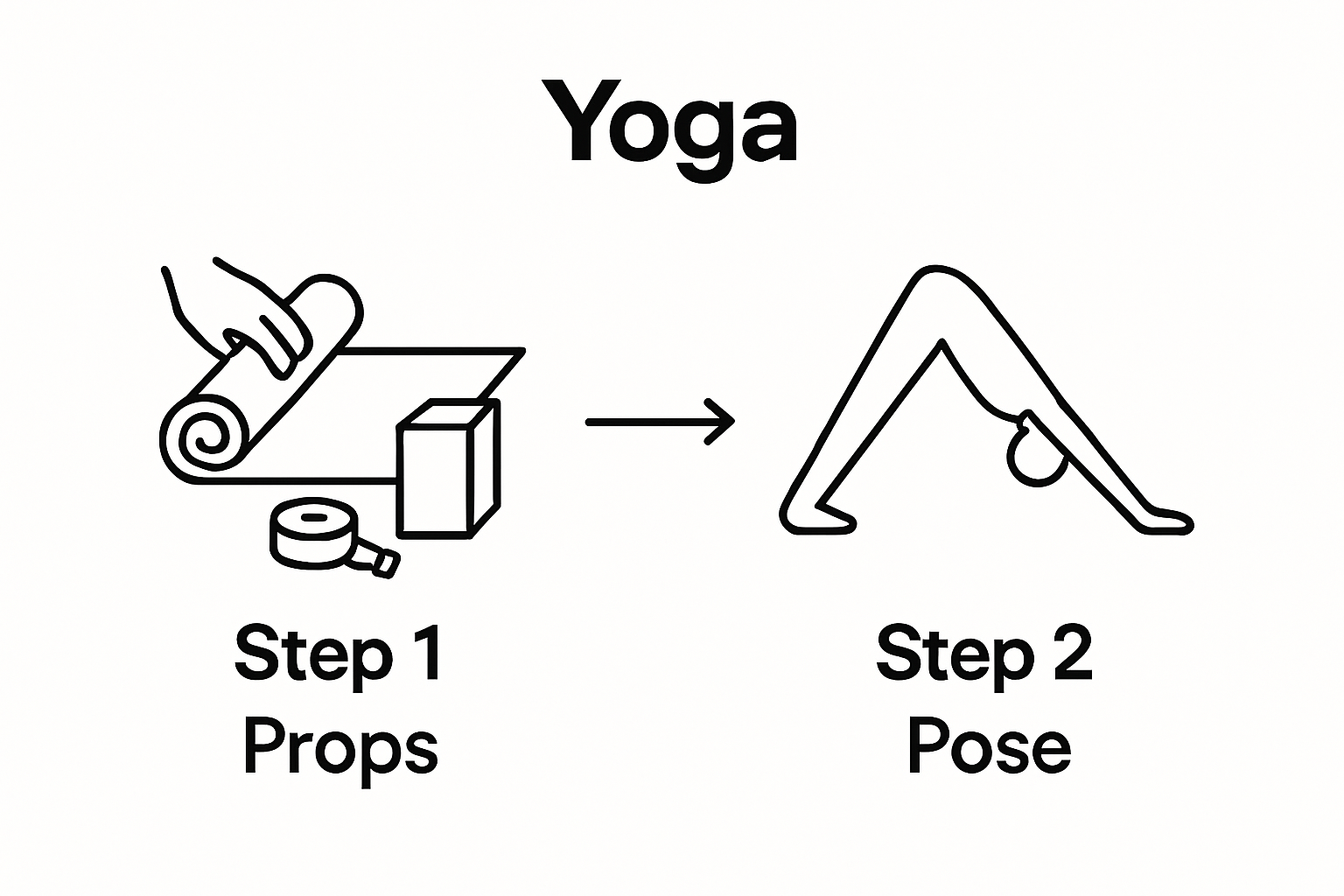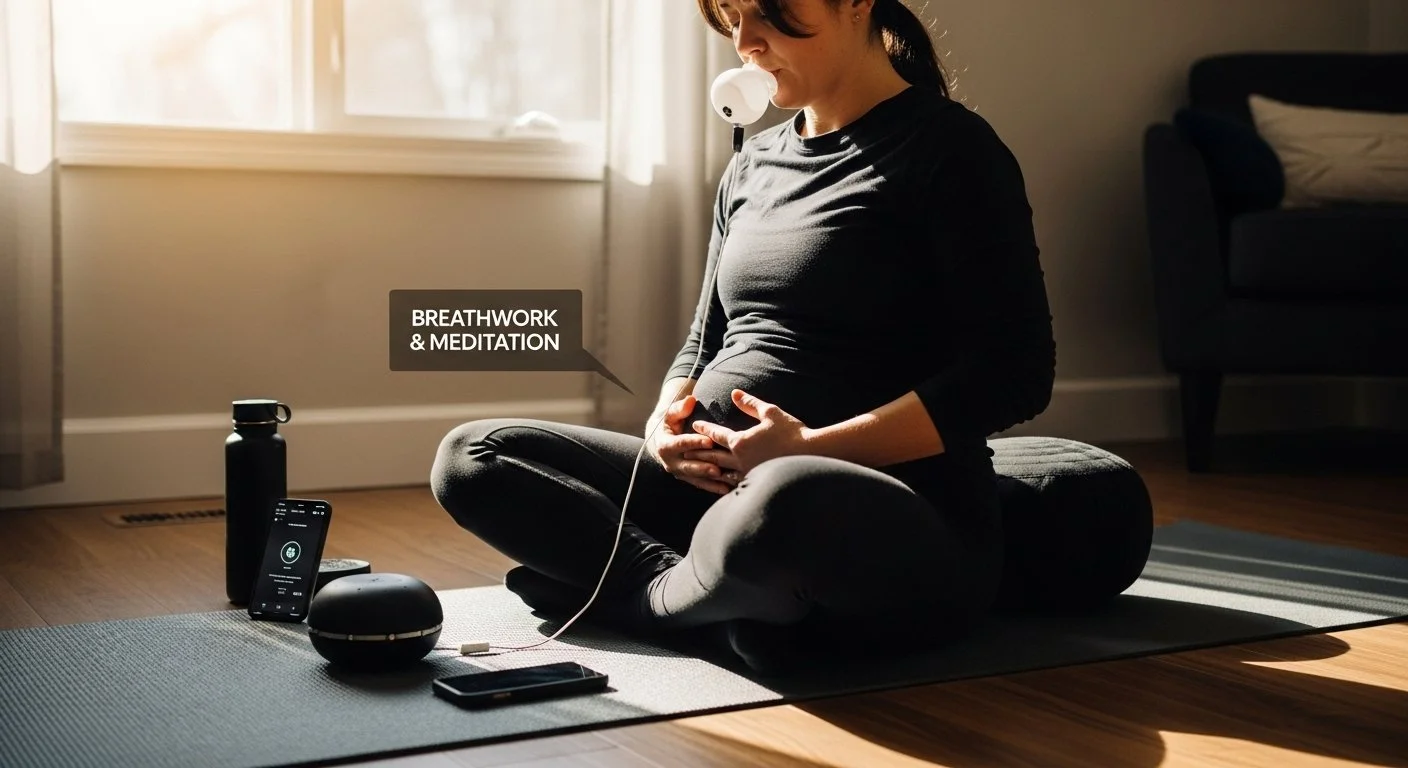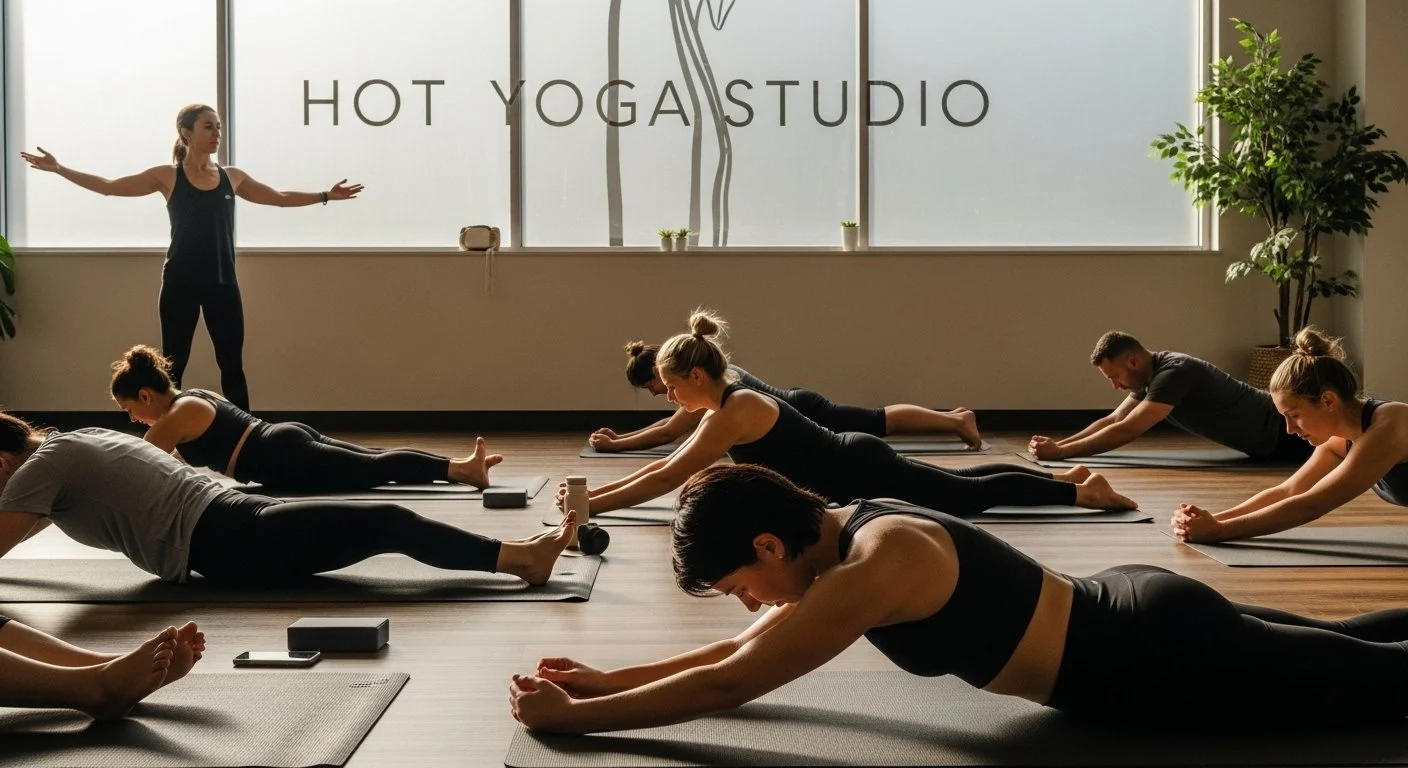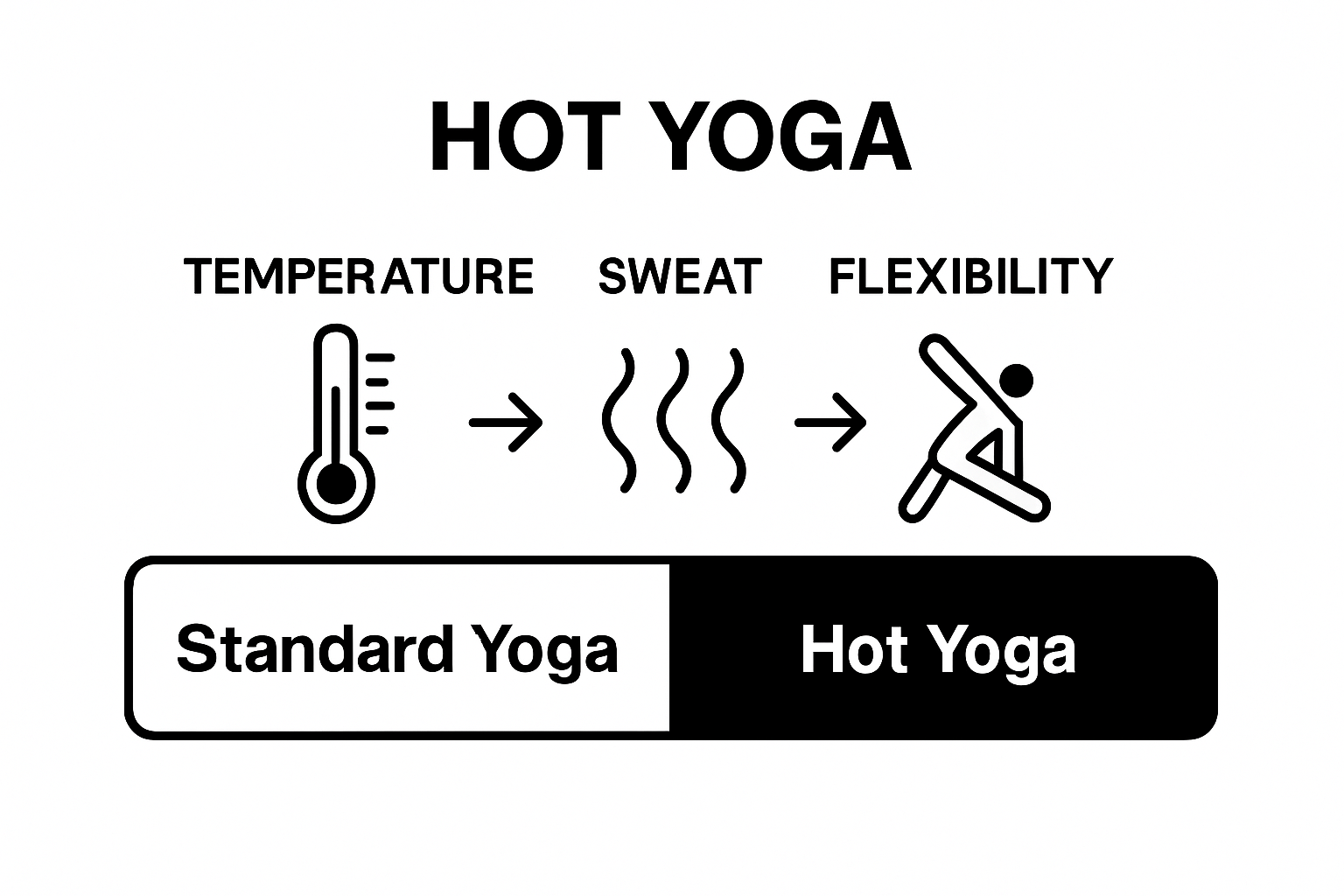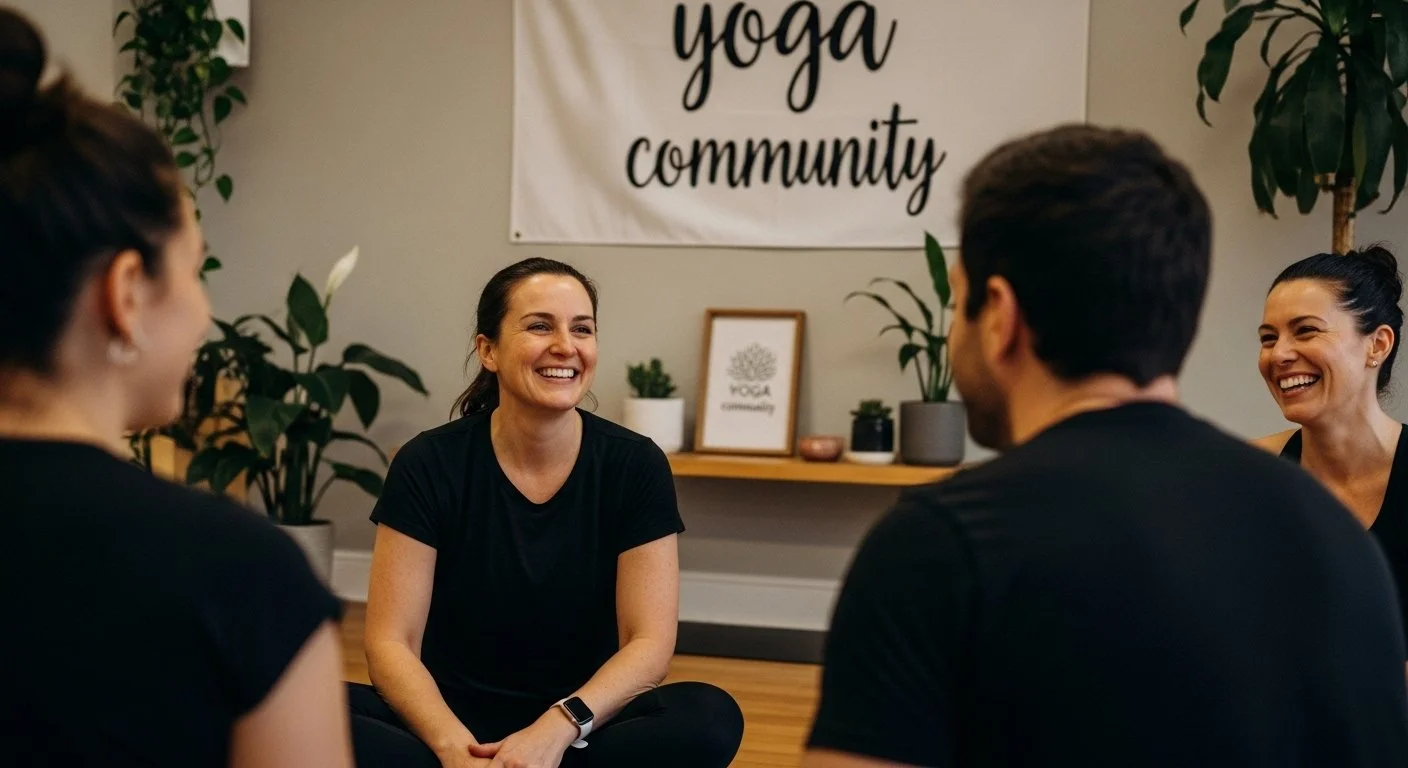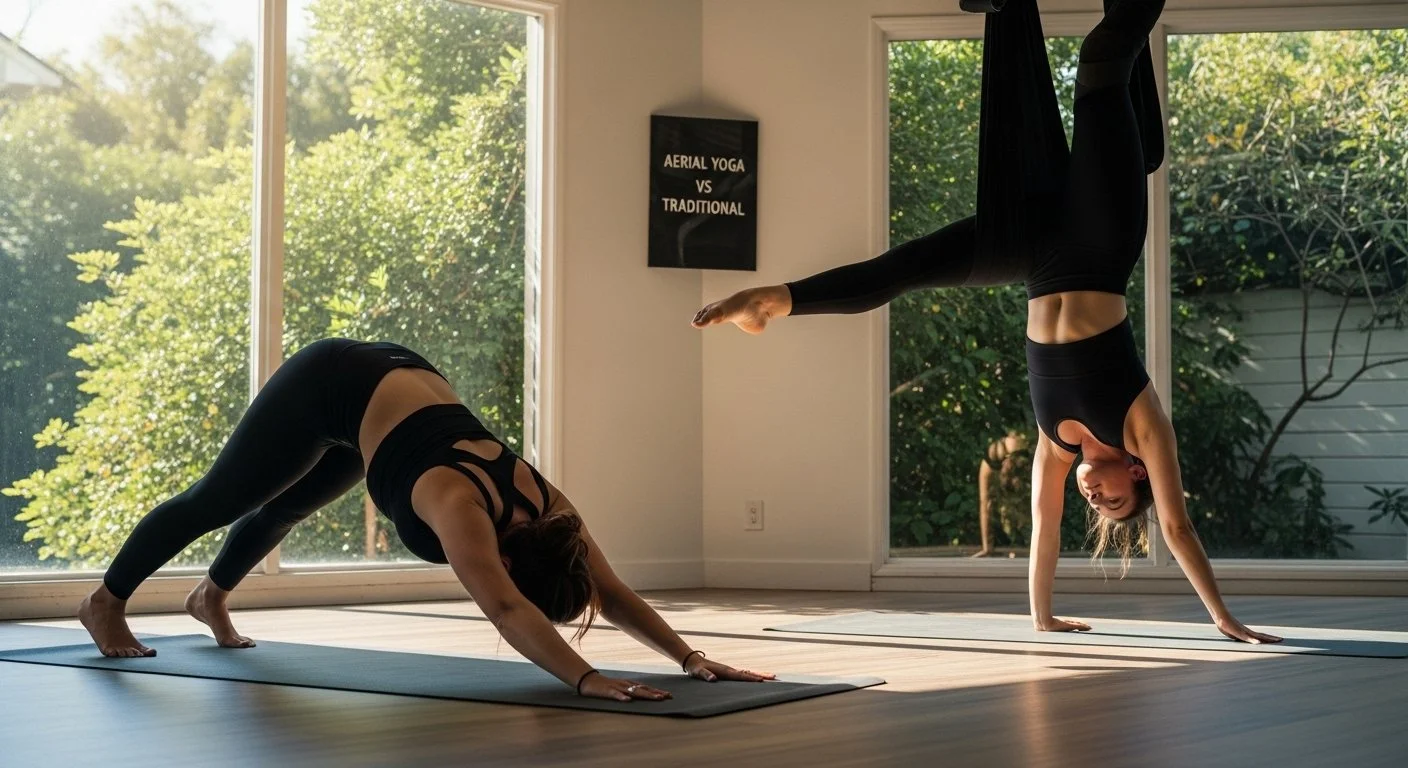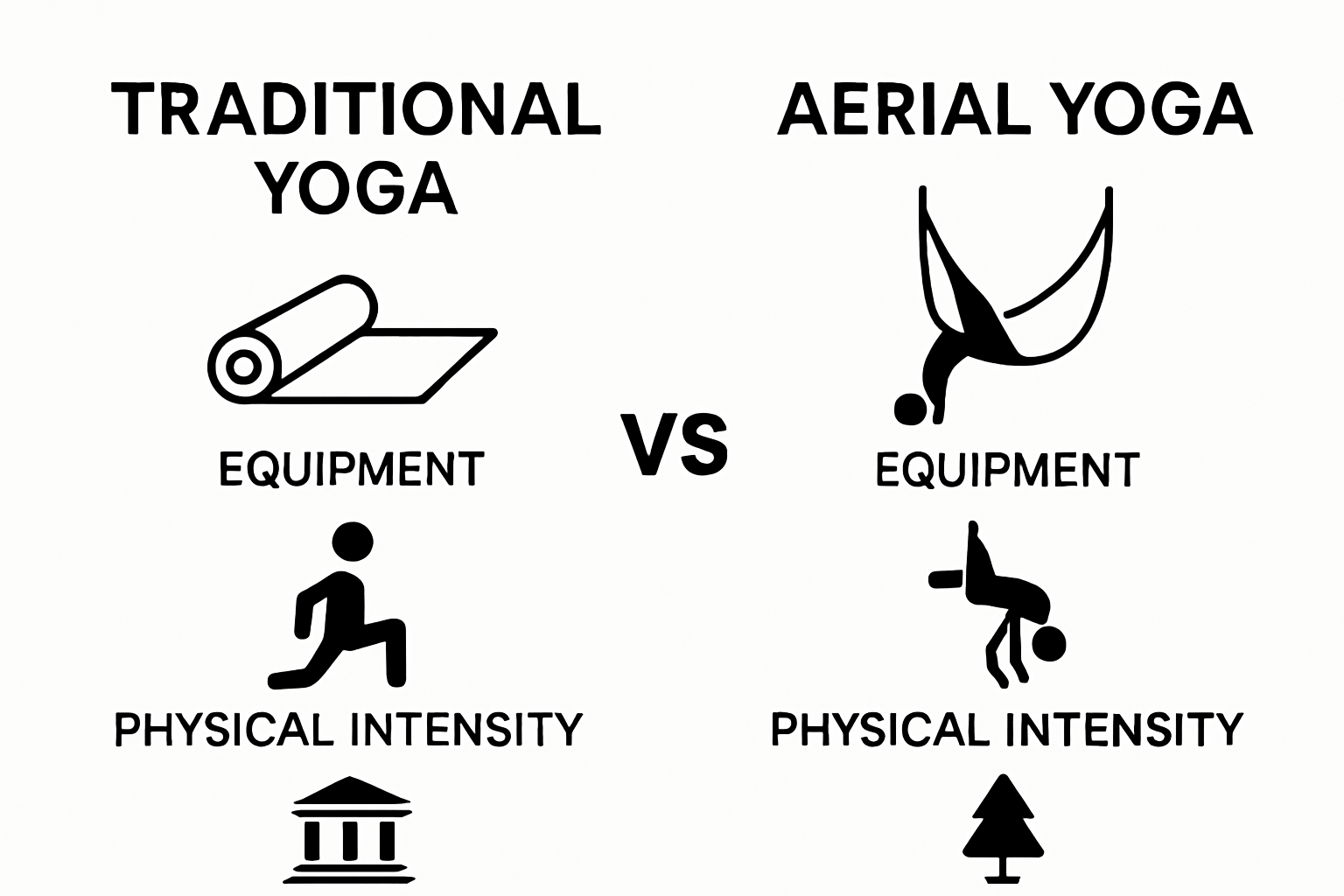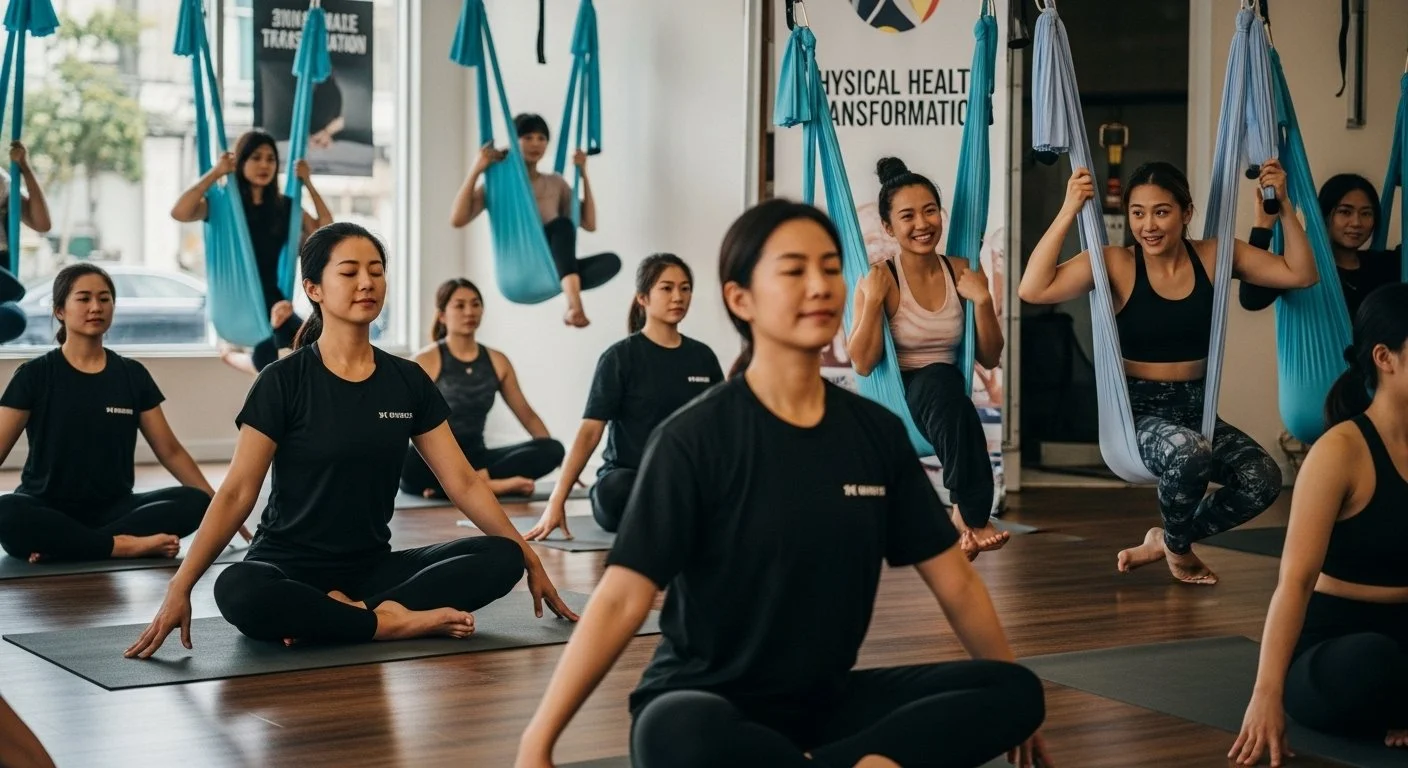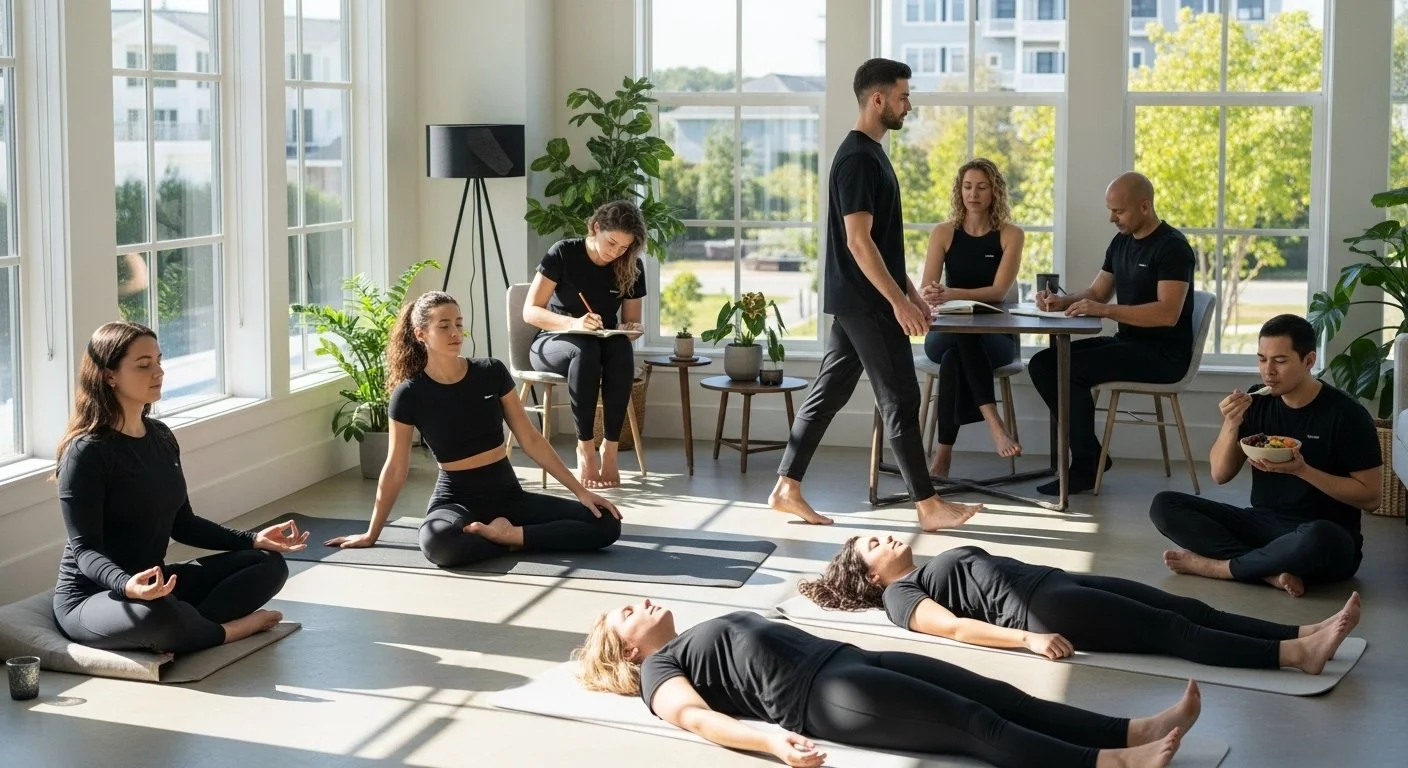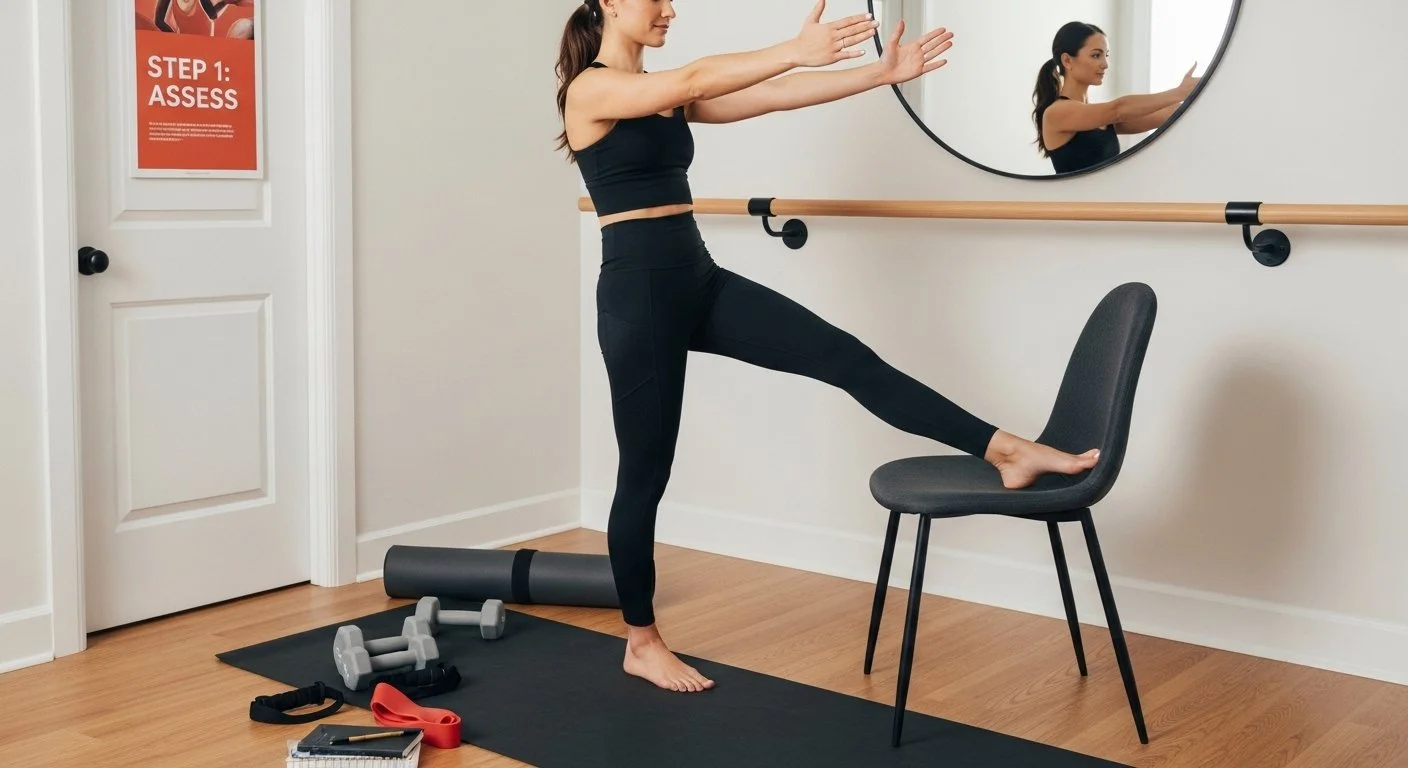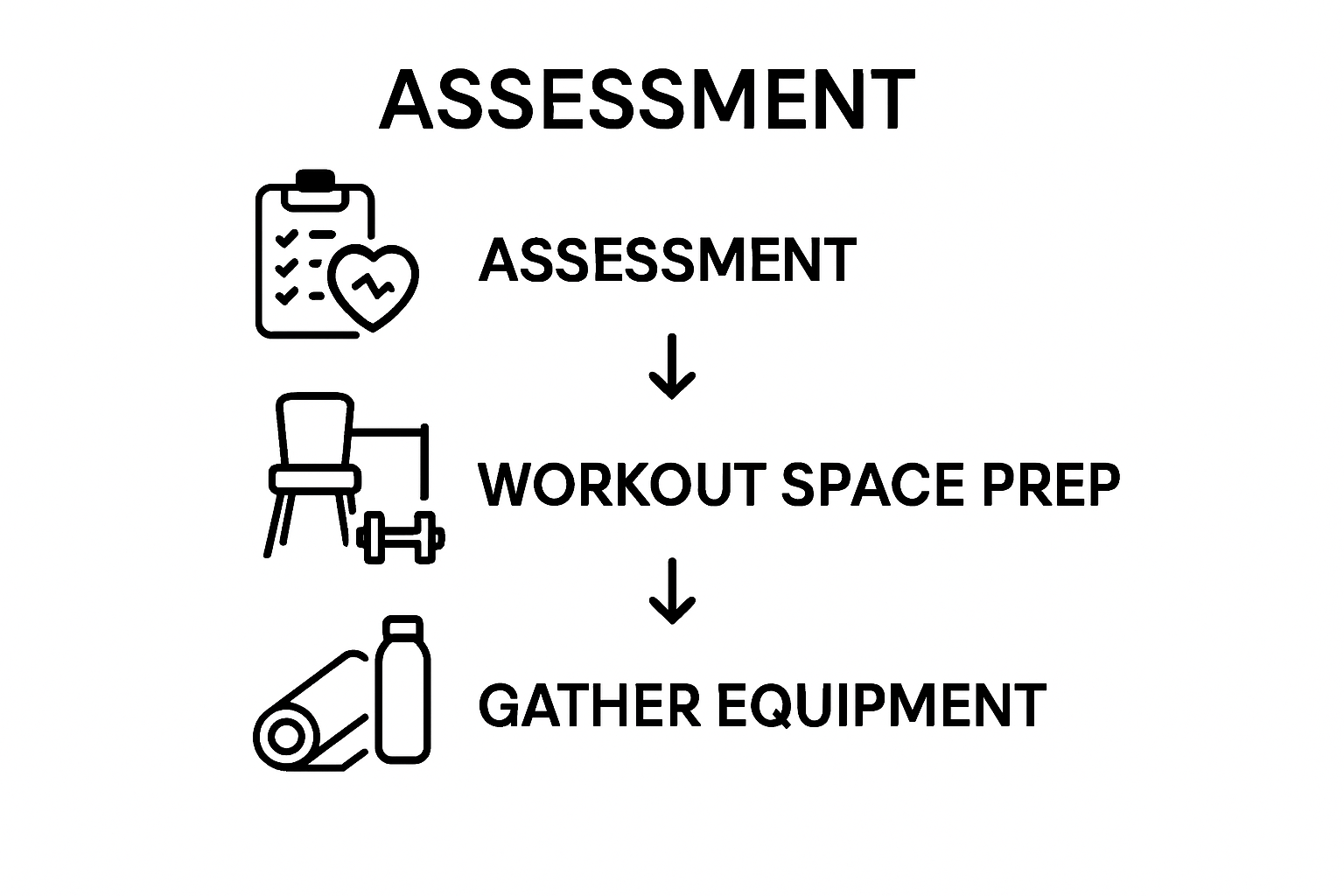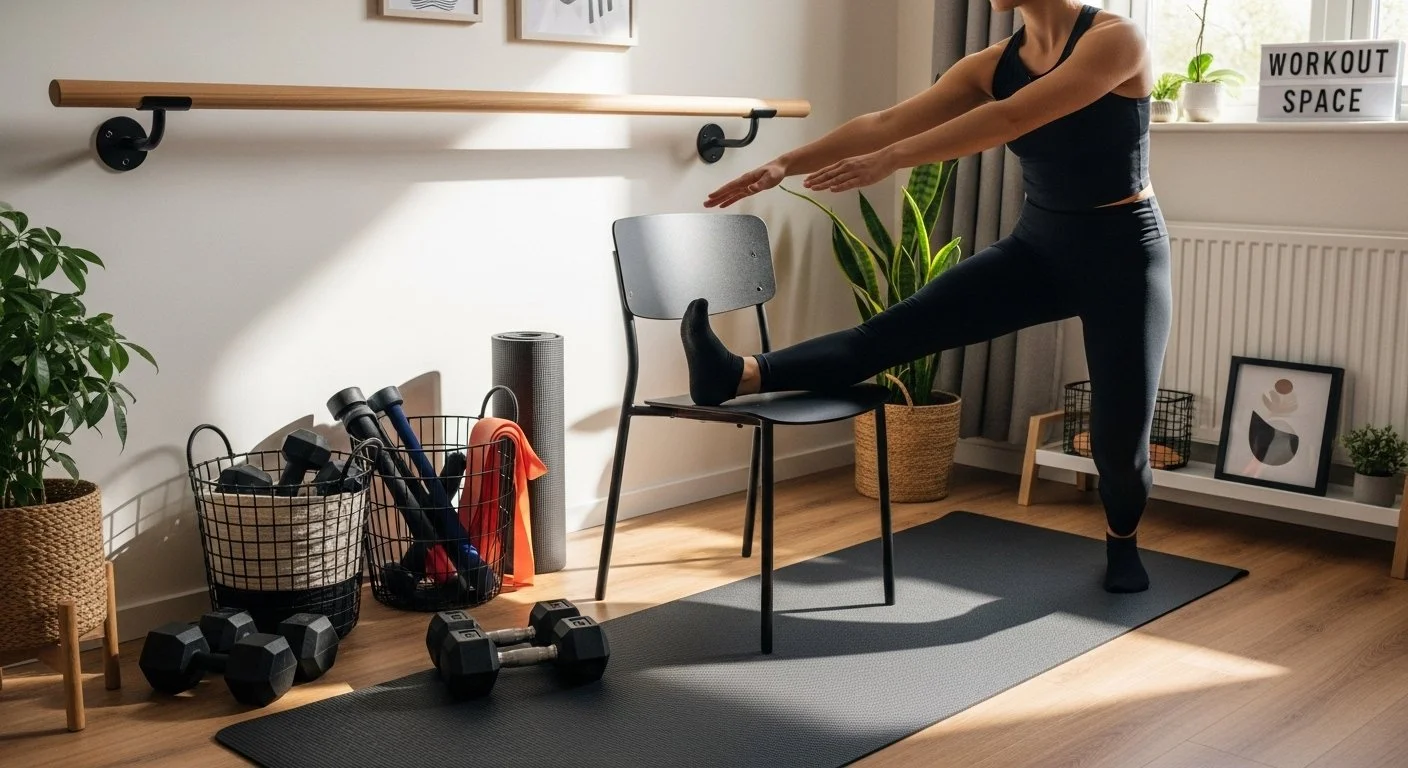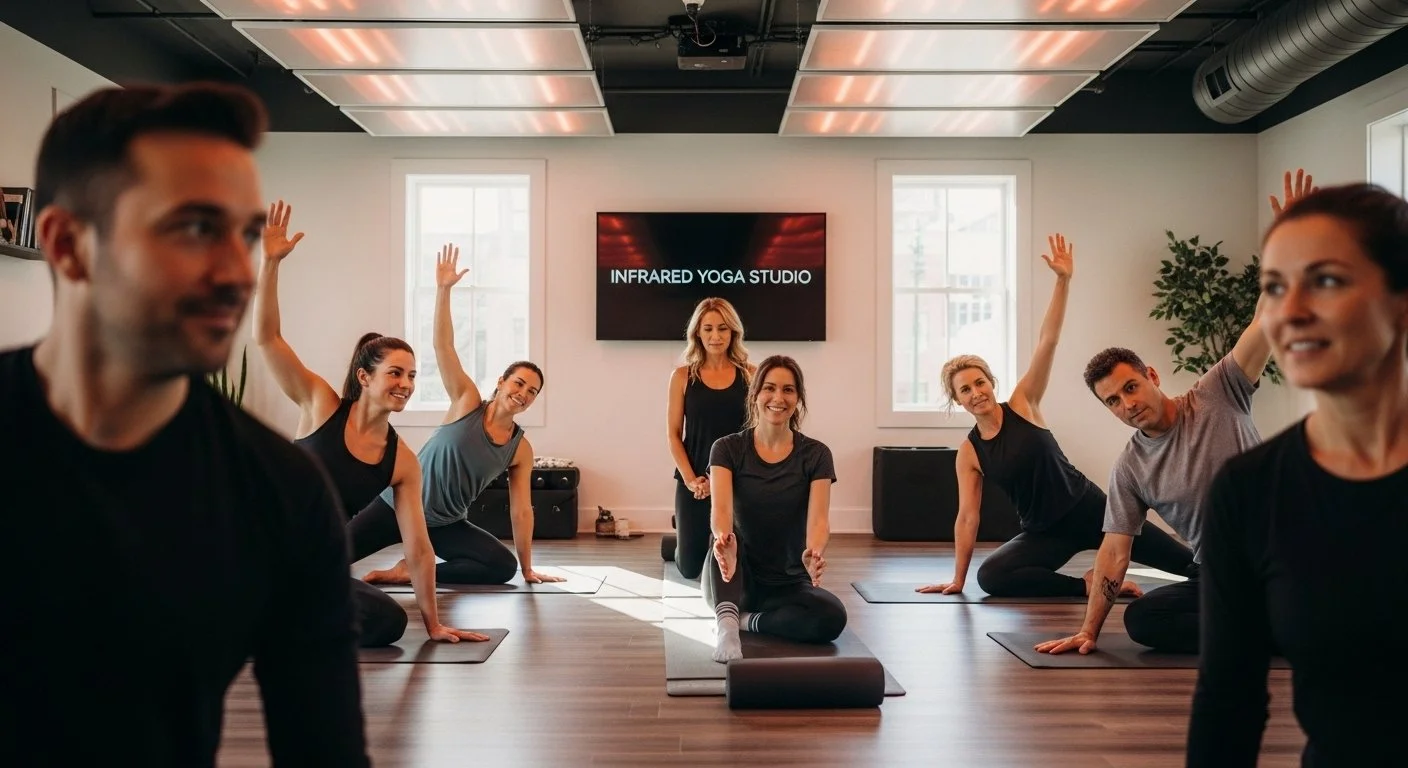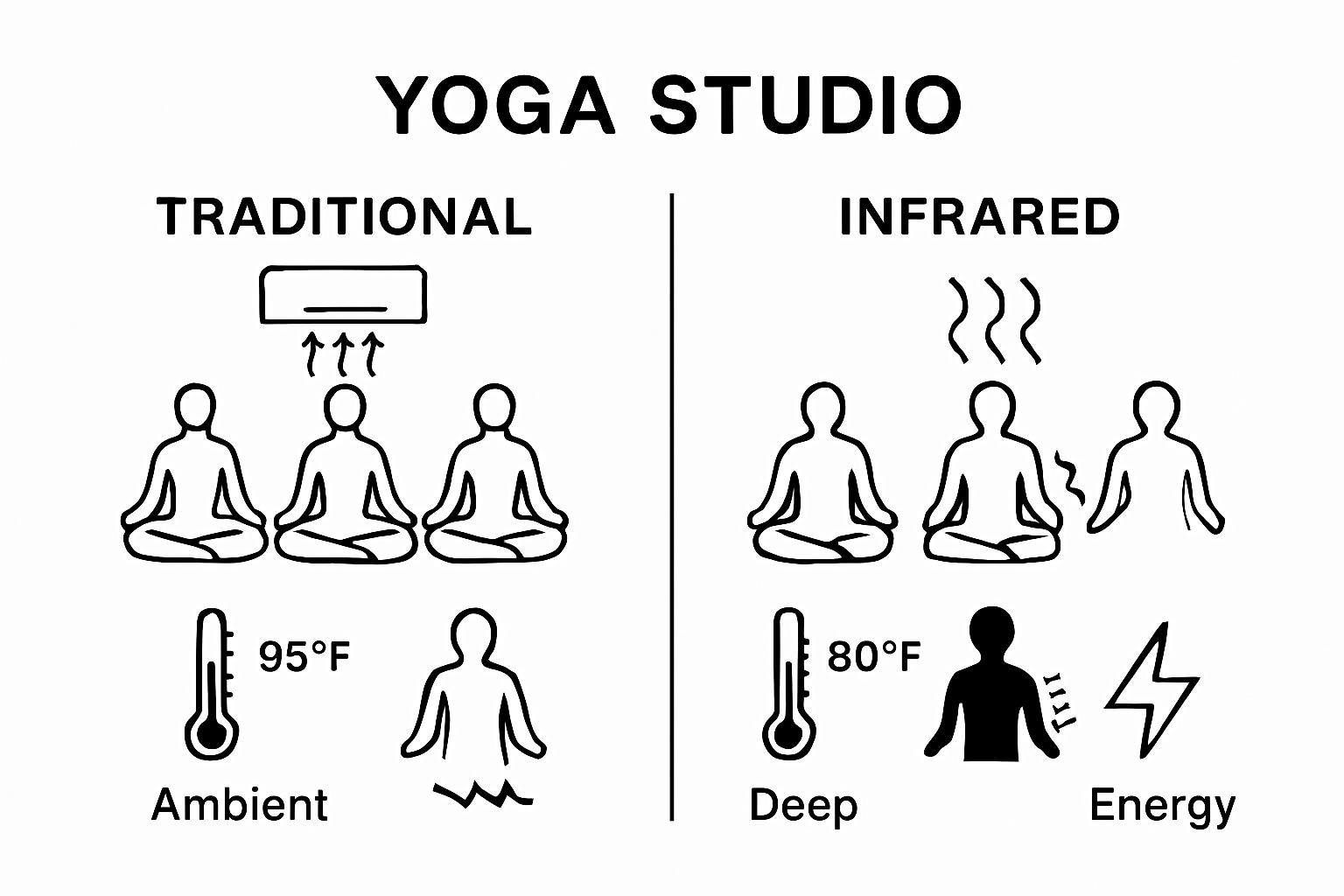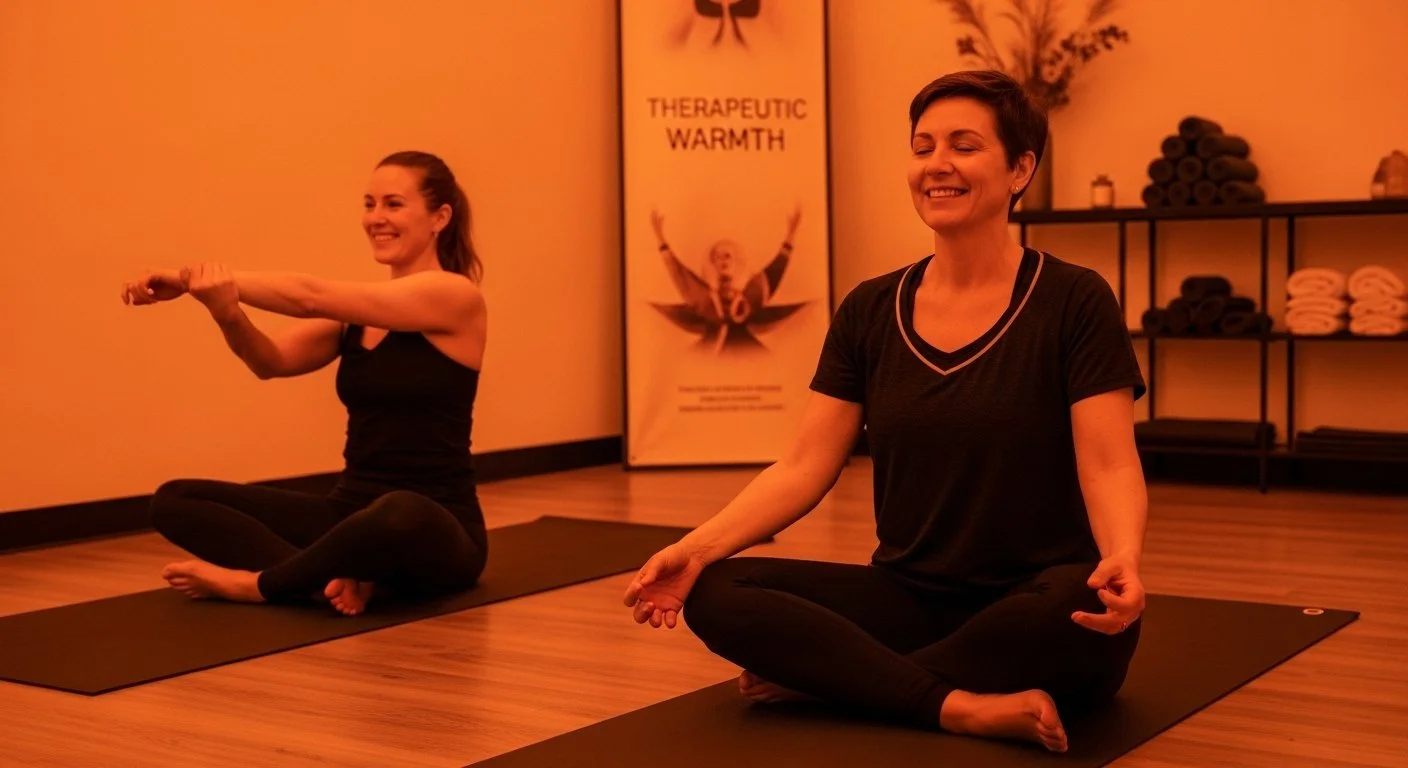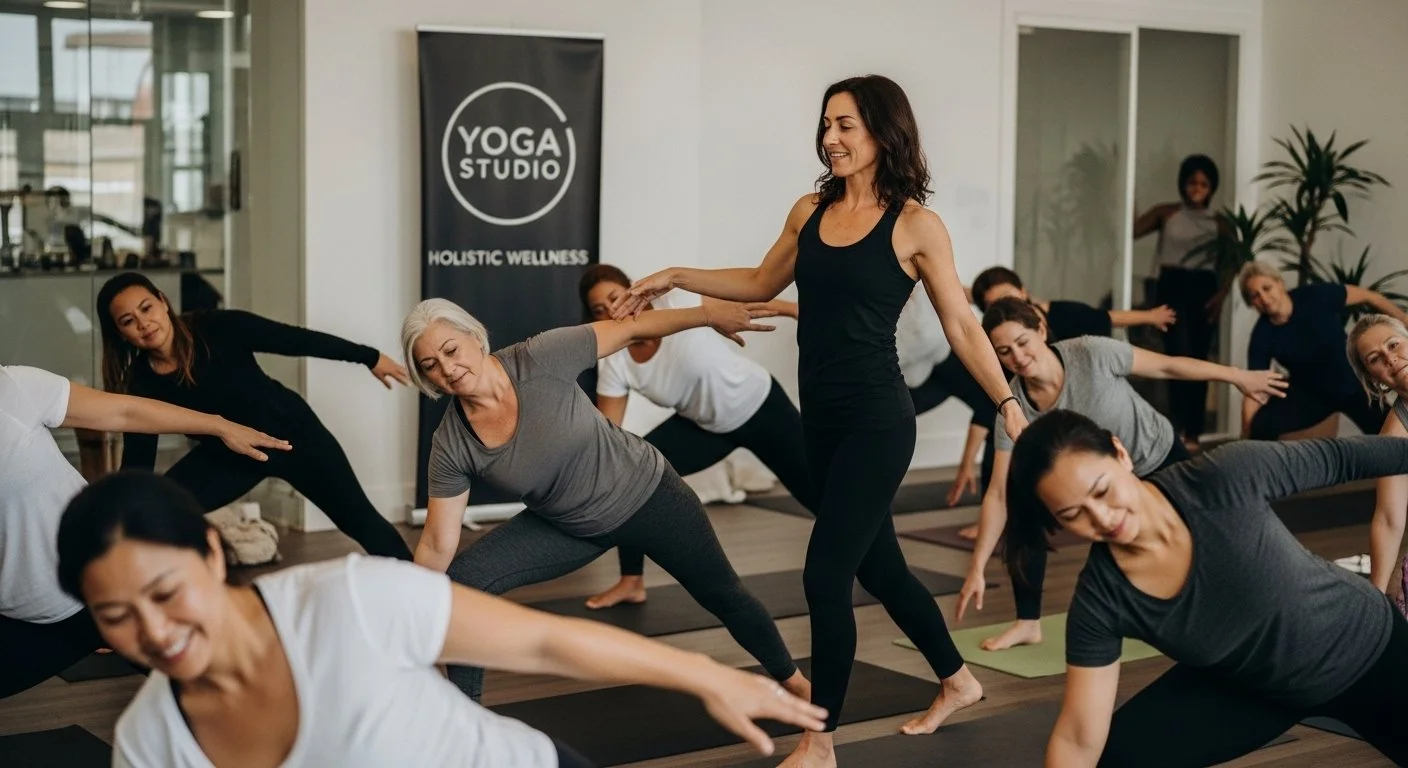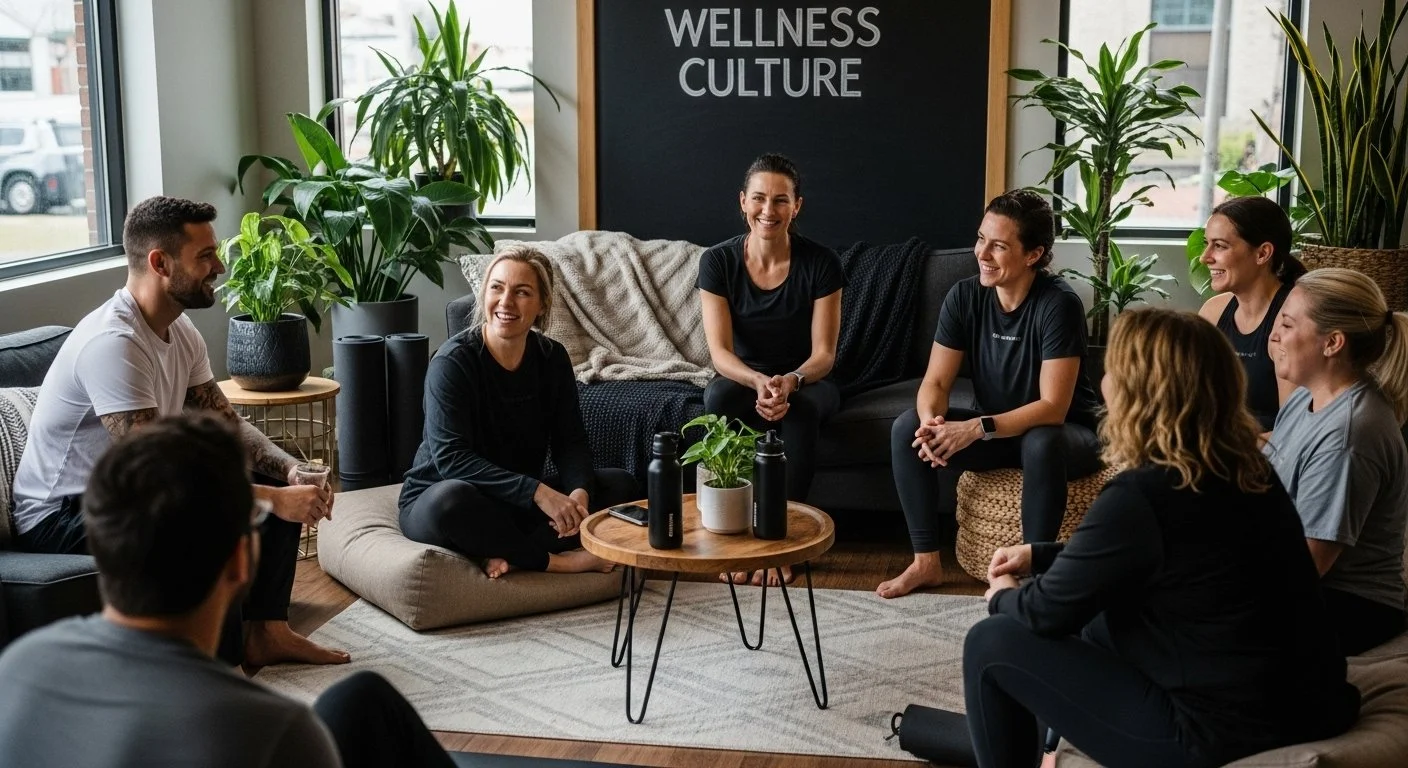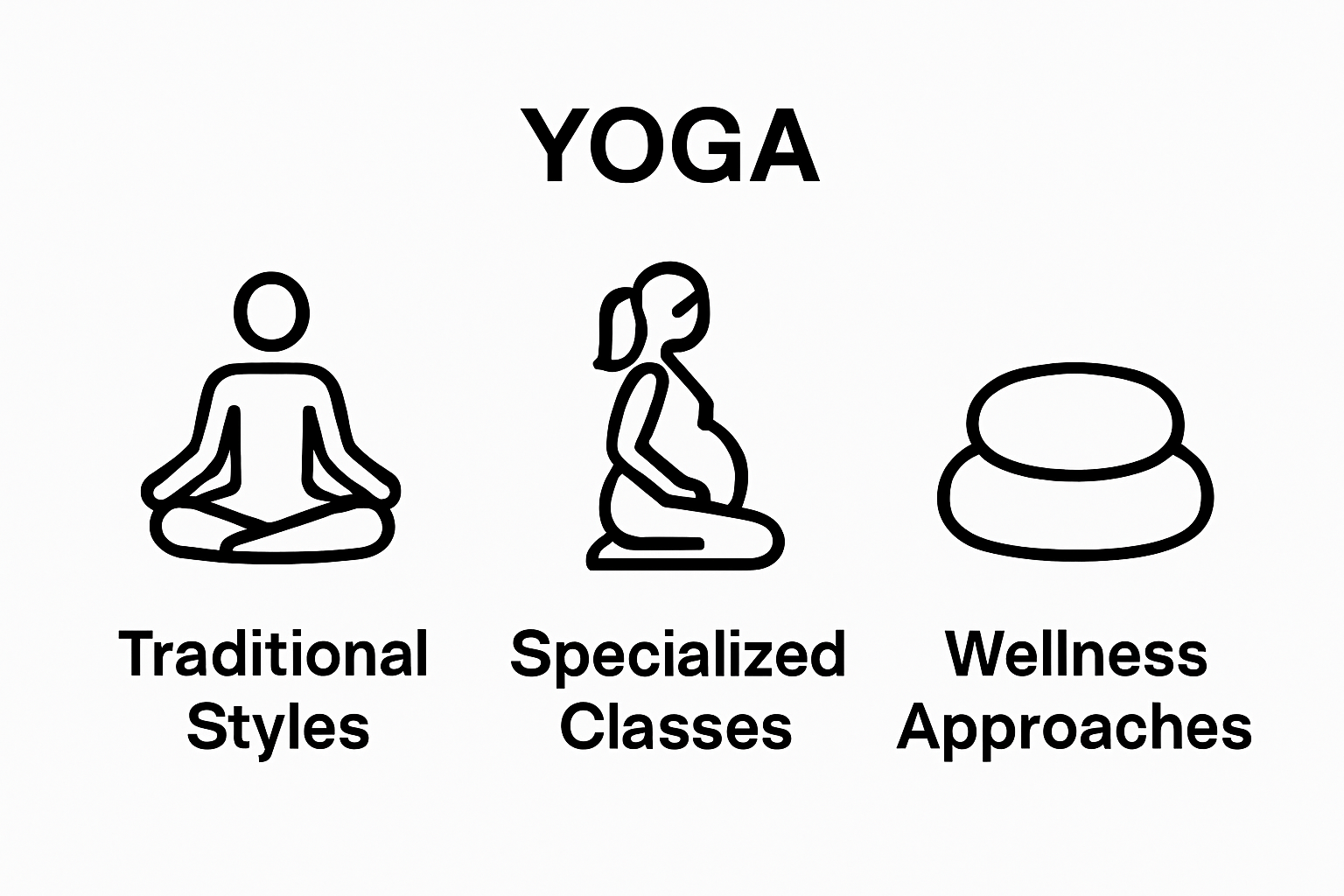Top Yoga Studios Philadelphia – Expert Comparison 2025
Heather Rice
Choosing the right place for wellness can feel overwhelming with so many different paths to explore. Whether you are looking for a calm space to unwind, a strong community to support your journey, or a variety of classes to keep things fresh, there are many options to consider. Some places focus on building strength and flexibility while others offer relaxing treatments or the chance to meet like minded people. Curious what makes each one unique or which might fit your personal goals best Keep reading to discover how each space offers a different approach to feeling your best
Table of Contents
Amrita Yoga & Wellness
At a Glance
Amrita Yoga & Wellness is a Philadelphia-based studio that blends a wide array of movement and wellness offerings in a calm, community-focused setting. The studio supports everything from hot yoga and pilates to barre, rebounding, massage, and immersive workshops and retreats, making it an all-in-one hub for holistic health. If you want variety, expert instruction, and a neighborhood studio that centers community, Amrita delivers. It’s especially well suited for people who value inclusive spaces and integrated approaches to physical and mental well-being.
Core Features
Amrita’s core strengths are its breadth of classes and complementary wellness services: multiple yoga traditions including hot yoga, mat and reformer pilates, barre, rebounding classes, and massage therapy, plus workshops and retreats that explore holistic lifestyle topics. The studio emphasizes accessible programming for beginners through advanced practitioners, with offerings crafted to improve mobility, build core strength, and deepen mindfulness. That combination—movement, hands-on therapy, and educational events—creates a single place where members can train, recover, and grow.
Pros
Wide range of class options for all experience levels: The studio’s schedule covers diverse modalities so beginners and seasoned practitioners can both find appropriate challenges and progression paths.
Inclusive and welcoming community: Amrita intentionally cultivates a supportive environment that encourages connection and consistent practice.
Experienced and dedicated instructors: The teaching team is described as knowledgeable and committed, helping students refine technique and reduce injury risk.
Holistic approach to health and wellness: By combining classes, workshops, retreats, and massage, the studio addresses physical, mental, and lifestyle needs in an integrated way.
Located in a vibrant neighborhood in Philadelphia: The convenient local presence makes it easy for community members to attend regularly and participate in events.
Who It's For
Amrita is ideal for people of all experience levels who live in or near Philadelphia and are seeking more than a single-style fitness studio. If you want to mix hot yoga, pilates (mat or reformer), barre, and hands-on modalities like massage, while also attending workshops and retreats that deepen your practice, this studio fits your needs. It’s also a great pick for those who want a community-oriented environment that supports long-term wellness habits.
Unique Value Proposition
What sets Amrita apart is the intentional convergence of variety, depth, and community in one local studio. Rather than specializing narrowly, Amrita provides complementary modalities—hot and traditional yoga, pilates, barre, rebounding, massage, and holistic workshops—so you can progress physically, recover effectively, and expand your knowledge without hopping between businesses. This integrated model reduces friction in building consistent self-care routines and supports both casual participants and those pursuing teacher training or deeper study. In a market of single-discipline studios, Amrita’s breadth and community focus make it a superior ecosystem for sustained transformation and real lifestyle change.
Real World Use Case
Imagine a busy Philadelphia resident who wants better posture, less chronic tension, and a calmer mind: they take reformer pilates twice weekly for core strength, drop into a hot yoga flow for heat-based mobility, book a monthly massage for recovery, and attend quarterly workshops to learn breathwork and lifestyle strategies. Everything happens at one trusted studio—convenient, consistent, and community-driven.
Pricing
Not specified in the provided content
Website: https://amritayogawellness.com
Hot Yoga Philly
At a Glance
Hot Yoga Philly is a seasoned hot yoga studio with more than 20 years of experience focused on therapeutic, heat-assisted practice designed to reduce stress and improve strength, stamina, and flexibility. The studio pairs traditional hot yoga sequencing with wellness-oriented offerings like retreats and teacher training, making it a solid choice for people who want depth and continuity in their practice. If you value experienced instructors and a health-first approach, Hot Yoga Philly delivers consistent, targeted results.
Core Features
Hot Yoga Philly centers its program on therapeutic postures practiced in a heated environment to promote increased oxygen intake, mobility, and mental focus. The studio offers membership options that include unlimited access, special introductory offers for newcomers, and a variety of packaged passes. Beyond drop-in classes, Hot Yoga Philly runs retreats and teacher training programs that support both personal practice and professional development for aspiring instructors.
Short, focused pause. Breathe.
Pros
Established expertise: With over 20 years of operation, the studio demonstrates sustained experience in teaching hot yoga and developing class formats that emphasize health and wellness.
Therapeutic focus: The programming emphasizes therapeutic postures and heat therapy, which can help alleviate pain and increase flexibility when practiced consistently.
Flexible membership options: Multiple membership and pass options, including unlimited plans, accommodate frequent practitioners and those who need predictable monthly access.
Welcoming to newcomers: Introductory offers such as discounted first months and special student rates lower the barrier for new students to start a regular practice.
Expanded learning opportunities: Retreats and teacher training provide pathways for deepening practice and pursuing certification within the same community.
Cons
Limited scheduling details provided: The available information lacks a clear, detailed class schedule, which can make planning difficult for busy professionals.
Class-type descriptions are sparse: There are no detailed breakdowns of difficulty levels or distinct class formats in the provided content, leaving beginners uncertain about the right starting point.
Pricing nuance requires confirmation: The pricing structure includes several options and contract terms that could vary, so prospective students should verify current rates before committing.
Who It's For
Hot Yoga Philly is ideal for adults in Philadelphia seeking a therapeutic, heat-based practice to manage stress, increase mobility, and build stamina. It suits committed practitioners who appreciate decades of instructor experience and those planning to progress into teacher training or occasional retreats. Beginners will find introductory deals useful, though they should seek schedule clarity first.
Unique Value Proposition
The studio’s unique value lies in combining long-term experience with a therapeutic approach to hot yoga and accessible educational paths like teacher training and retreats. That continuity—practice, deepening, teaching—creates a coherent progression rarely found in boutique yoga environments.
Real World Use Case
Imagine a working professional battling tension and limited mobility: they use a monthly unlimited plan to attend three classes weekly, reduce neck and back pain over months, and then join a retreat for an intensive reset—slow, steady improvement driven by a single supportive community.
Pricing
Starting at $32; offerings include first month $59, auto-renew $149/month with a minimum 3-month contract, $32 for first-time students, $220 for an introductory week, $179 for a 10-class pass, and $32 for monthly unlimited access, plus customizable gift cards.
Website: https://www.hotyogaphiladelphia.com
Muse Yoga & Fitness
At a Glance
Muse Yoga & Fitness is a Francisville‑based wellness studio that blends hot yoga, fitness classes, private training, and community events under one roof. The studio stands out for its community focus, flexible event spaces (including an outdoor patio and rooftop deck), and a roster of experienced instructors. If you value a neighborhood studio that doubles as a community hub, Muse delivers — though you’ll need to inquire for specifics on schedule and pricing.
Core Features
Muse offers a mix of hot yoga and general fitness classes alongside private yoga and 1‑on‑1 personal training. Beyond instruction, the studio hosts events ranging from art and music shows to fundraisers and film premieres, and it rents space for photoshoots, corporate gatherings, and private parties. The combination of group programming, individualized sessions, and versatile venue options makes Muse a multi‑use wellness resource for both regular practice and one‑off events.
Short break. Read on.
Pros
Holistic approach to wellness combining yoga and fitness: Muse integrates multiple modalities so you can move from a restorative yoga session to a more intense fitness or personal training workout without changing studios.
Supportive community atmosphere: The studio emphasizes community building through events and group classes, which can deepen motivation and connection for regular attendees.
Experienced and passionate instructors: The studio highlights knowledgeable staff, which is important for safe progress in both yoga and fitness training.
Variety of class types and private session options: Options include group hot yoga, fitness classes, private yoga, and 1‑on‑1 training, making the studio adaptable to different goals and experience levels.
Flexible event space including outdoor patio and rooftop deck: The venue’s indoor and outdoor spaces add real value for social events, fundraisers, and community programming.
Cons
Details on specific class schedules and pricing are not provided in the content: You must contact Muse or check their Peerspace listing to confirm when classes run and what they cost.
Limited information on class formats and levels: The available description doesn’t specify whether classes are beginner, intermediate, or advanced, which makes it harder to choose your first session.
Availability of online classes or booking process is not described: If you prefer virtual options or easy online booking, the studio’s offerings and reservation system aren’t clear from the provided information.
Who It's For
Muse is ideal for neighborhood residents and Philadelphia practitioners who want an integrated wellness environment — people who value in‑person community, small‑group classes, and the option for private sessions or personal training. It’s also a strong pick for organizers seeking a flexible, character‑filled venue for creative or community events.
Unique Value Proposition
Muse combines a neighborhood studio vibe with multi‑purpose functionality: you can take a hot yoga class, book a private training session, and host a community fundraiser all in the same space. That crossover of fitness, wellness, and event hosting gives Muse a distinct local advantage.
Real World Use Case
Picture a group of friends booking a private hot yoga class on a weekend, then moving the celebration to the rooftop deck for refreshments — or a nonprofit renting the space for a fundraiser that pairs a donation‑based yoga class with a local artist’s exhibit. Muse supports both practice and programming.
Pricing
Pricing details are available on their Peerspace listing or by inquiry.
Website: https://www.museyogaphl.com
Yoga Lab Philadelphia
At a Glance
Yoga Lab Philadelphia is a parked domain currently offered for sale rather than an active yoga studio or online resource. Bottom line: you’re buying a name and potential, not classes or content—so evaluate it as a branding or investment play. If you need an immediate, operational studio website, this is not it; if you value a location-specific, marketable domain, it could be a straightforward acquisition.
Core Features
The site’s visible capabilities are limited: it functions as a domain parking page and a for-sale listing. There’s clear ownership and price information, and the domain presents a concise, location-specific yoga name that’s ready for development. There are no hosted classes, schedules, instructor profiles, or wellness content; the primary “feature” is the opportunity to register the domain and build a custom site from scratch or redirect it to an existing business.
Pros
Brand-ready domain name: The domain is concise and location-specific, which makes it easy to position for local SEO and brand recognition in Philadelphia.
Clear sale terms: Ownership information and asking price are presented plainly, simplifying purchase decisions and negotiations.
Low immediate friction to acquire: As a parked domain, it has no existing content to migrate or clean up, so development can begin quickly after purchase.
Flexible use cases: The domain can be developed into a studio site, used as an asset for investment, or redirected to support an existing business’s online presence.
Lower upfront website complexity: Buyers won’t inherit legacy systems or content management issues, reducing initial technical debt.
Cons
No active yoga resources or services available now: There are no classes, teacher profiles, schedules, or community features on the site at present.
Requires full development to be functional: Turning the domain into a usable studio site will demand time, content, and budget for web design and marketing.
Uncertain future content plan: The domain’s current status provides no roadmap, so you’ll need to define strategy and investment priorities.
Limited immediate operational value: Until developed, the domain offers minimal practical utility for customers seeking yoga services today.
Who It's For
This domain is best for entrepreneurs, yoga studio owners, or marketers who want a location-specific web address to anchor a Philadelphia-focused brand. It also fits domain investors who buy, hold, and resell valuable names or businesses looking to consolidate local domains under a single online strategy.
Unique Value Proposition
Yoga Lab Philadelphia’s unique appeal is its ready-made, geographic brand identity: a short, memorable domain that directly signals a yoga offering in Philadelphia. That clarity reduces naming work and can accelerate local marketing and search visibility once developed.
Real World Use Case
A local yoga instructor or small studio could purchase the domain, build a simple site with class schedules, instructor bios, and booking links, then promote it across social channels and local listings to capture neighborhood traffic and new students.
Pricing
Starting at 500 GBP for the domain ownership rights.
Website: https://yogalabphiladelphia.com
Yoga Studios in Philadelphia Comparison
This table provides a clear comparison of yoga studios in Philadelphia, highlighting their unique features, pros, cons, and pricing information as provided in the article.
| Studio | Key Features | Pros | Cons | Pricing Information |
|---|---|---|---|---|
| Amrita Yoga & Wellness |
|
|
|
|
| Hot Yoga Philly |
|
|
|
|
| Muse Yoga & Fitness |
|
|
|
|
| Yoga Lab Philadelphia |
|
|
|
|
Discover Your Ideal Holistic Wellness Journey in Philadelphia
Finding the right yoga studio that offers more than just classes can be challenging. Many people struggle with juggling different studios for yoga, pilates, massage, and community events, which can make maintaining a consistent wellness routine feel overwhelming. This expert comparison highlights the need for a diverse yet integrated approach to physical and mental well-being, combining movement, hands-on therapy, and educational workshops in one welcoming space. If your goal is to build strength, reduce stress, and connect with a supportive community without running all over town, this is your moment.
At Amrita Yoga & Wellness, we understand the importance of nurturing your body and mind through varied modalities—from hot yoga and pilates to barre and massage therapy. Our comprehensive offerings and inclusive environment empower you to progress at your own pace while deepening your awareness and self-care habits. You can explore detailed class descriptions and register easily through our platform, making your wellness path clear and accessible.
Ready to transform your practice and well-being with a studio that truly supports your whole self?
Explore Our Classes and Workshops
Join the Community at Amrita Yoga & Wellness
Learn More About Our Holistic Services
Take the step to enrich your mind and body today. Visit https://amritayogawellness.com to find your perfect class, book your session, and become part of a thriving wellness community in Philadelphia. Your transformation begins now.
Frequently Asked Questions
What are the main features to look for in the top yoga studios in Philadelphia?
Top yoga studios typically offer a variety of class types, experienced instructors, and a welcoming community atmosphere. Evaluate studios based on their class schedules, unique offerings like workshops or retreats, and their holistic approach to health.
How can I choose the right yoga studio in Philadelphia for my experience level?
Identify your experience level first—whether you’re a beginner or an advanced practitioner. Then, check studio descriptions for class types that cater specifically to your level, such as introductory classes for beginners or advanced workshops for seasoned yogis.
What pricing structures do top yoga studios in Philadelphia typically have?
Pricing structures vary by studio but often include options like drop-in rates, membership plans, and introductory specials for newcomers. Look for packages that fit your attendance habits, such as monthly unlimited plans if you plan to practice regularly.
How do I know if a yoga studio in Philadelphia offers a community-focused environment?
Investigate the studio's mission and read reviews to gauge the community vibe. Do they host events or workshops that promote social interaction? This can be a strong indicator of how inclusive and supportive the studio atmosphere is.
What should I expect during my first visit to a yoga studio in Philadelphia?
During your first visit, expect a friendly welcome where staff usually guide you through the facilities, explain class offerings, and help you settle in. Arriving 15 minutes early can also give you enough time to ask questions and prepare for your first class experience.
Are there any unique services offered by yoga studios in Philadelphia?
Many studios offer unique services such as specialized workshops, teacher training programs, or additional wellness options like massage therapy. Check the studio's website for any scheduled events or extras that can enhance your practice.



